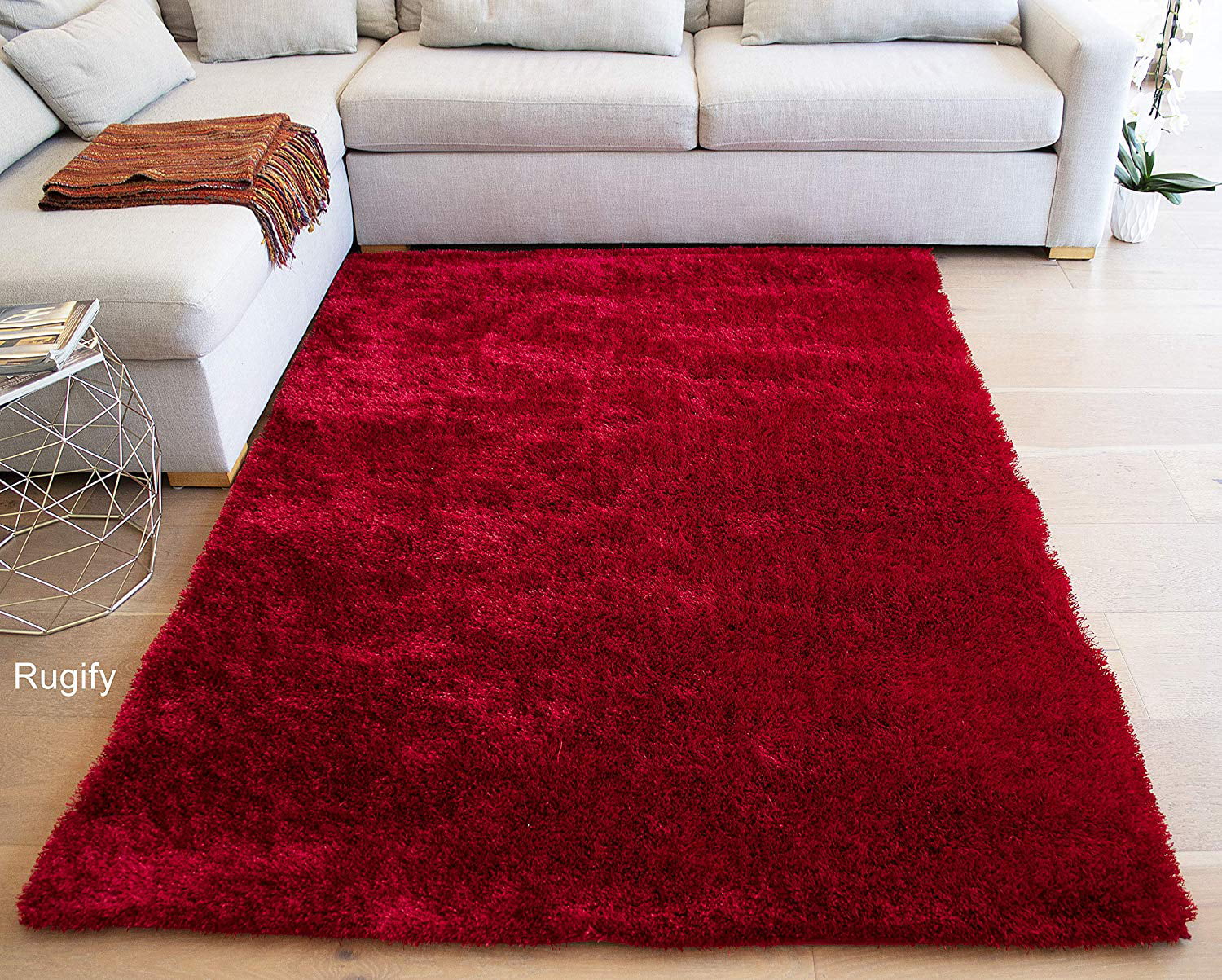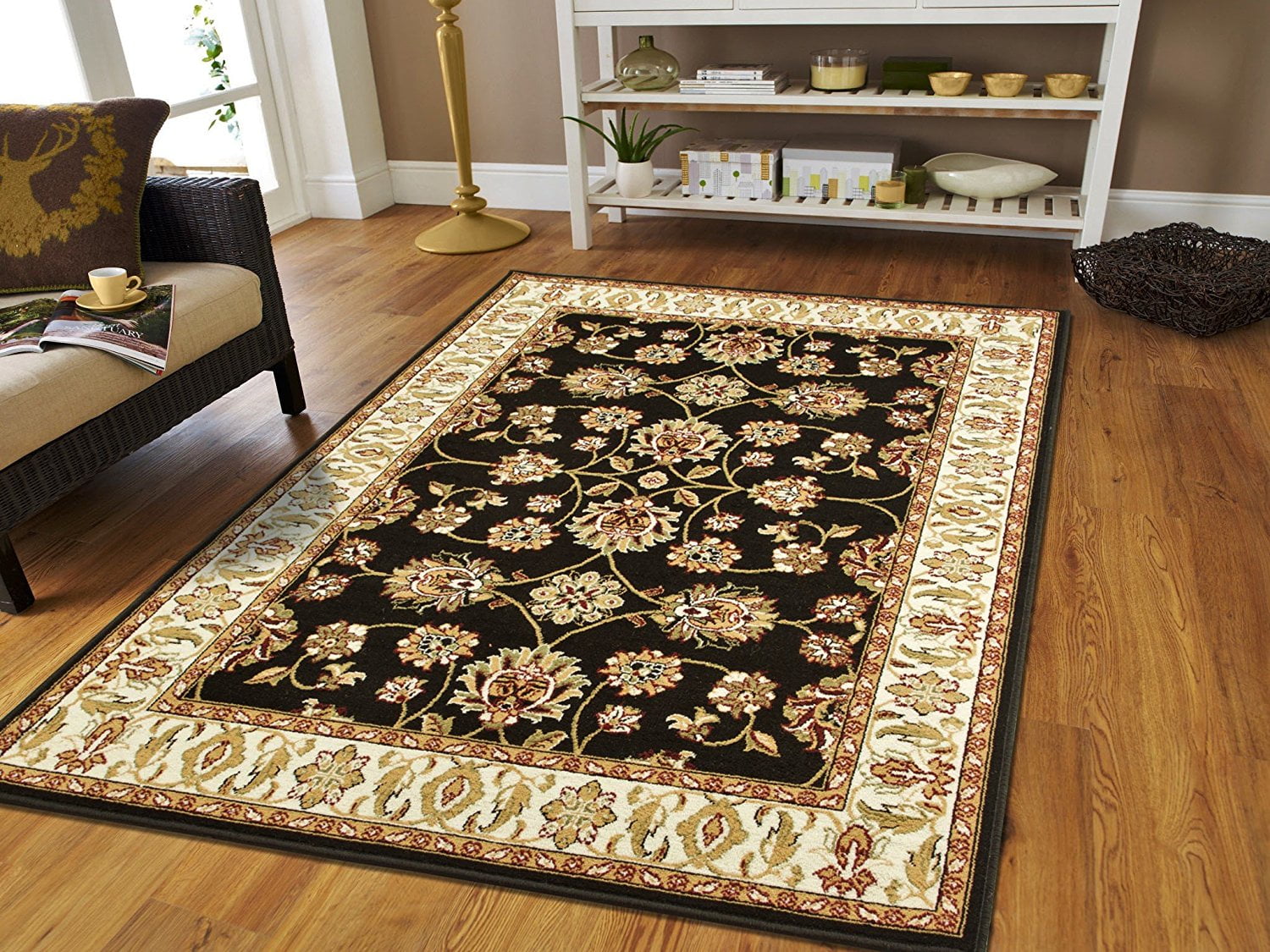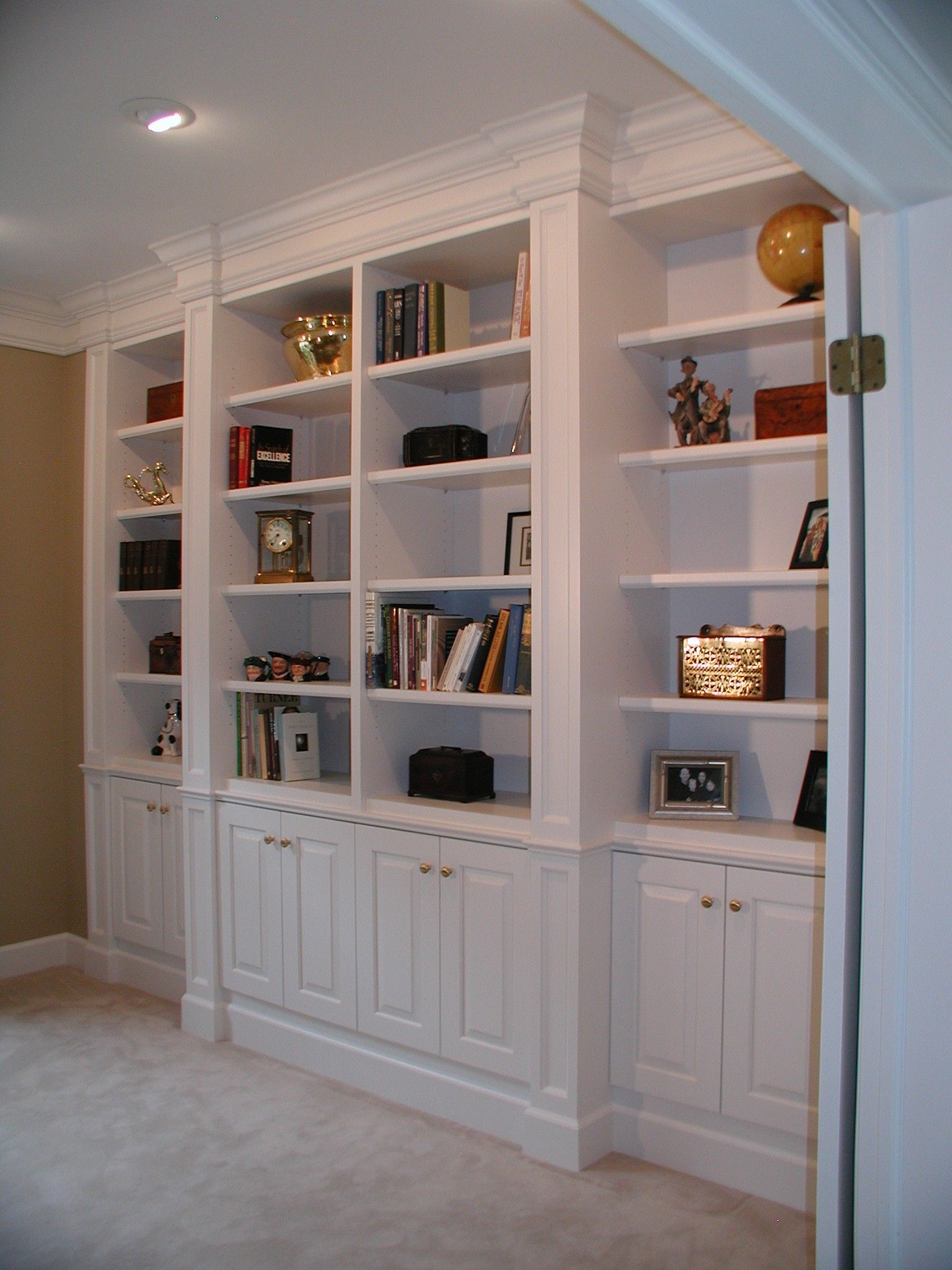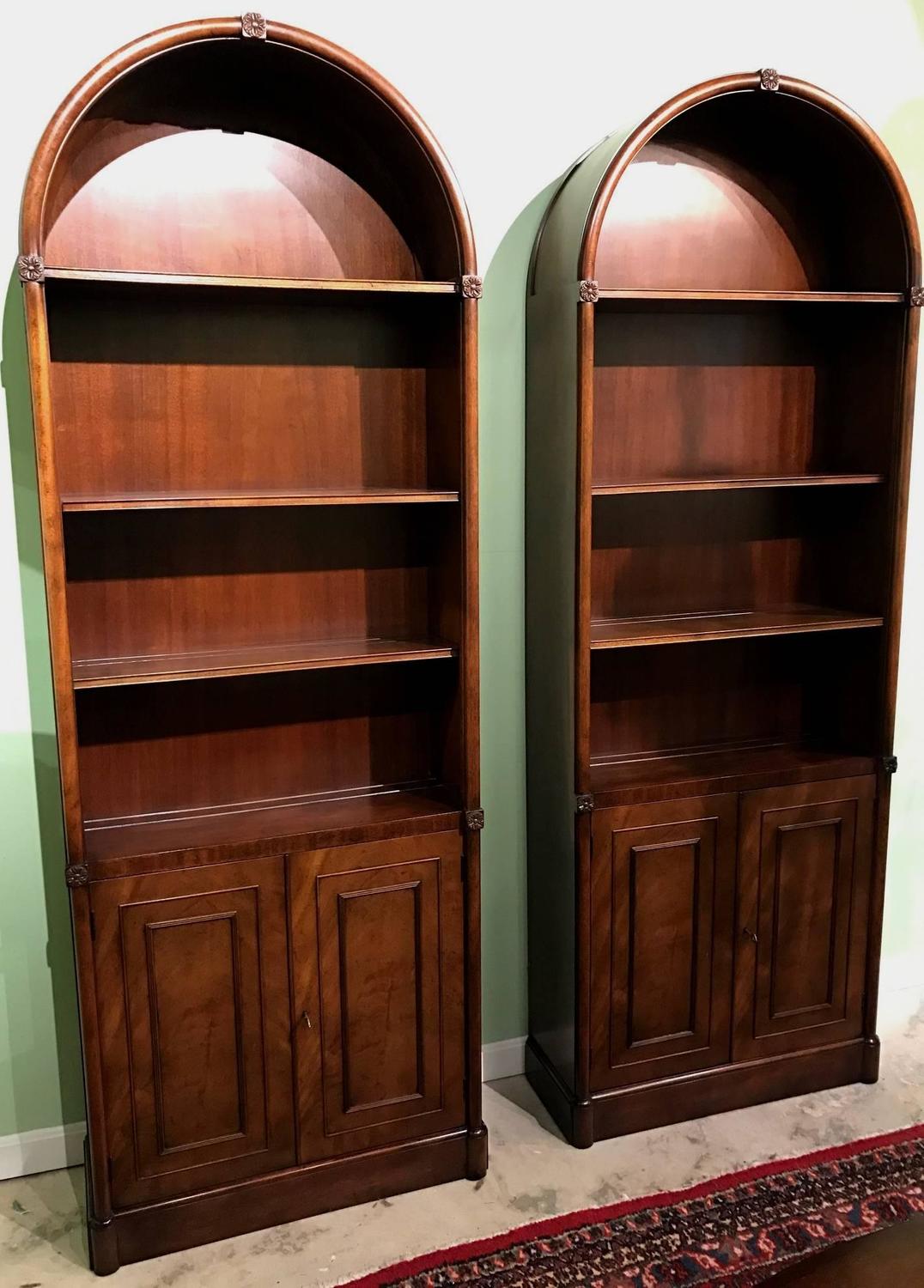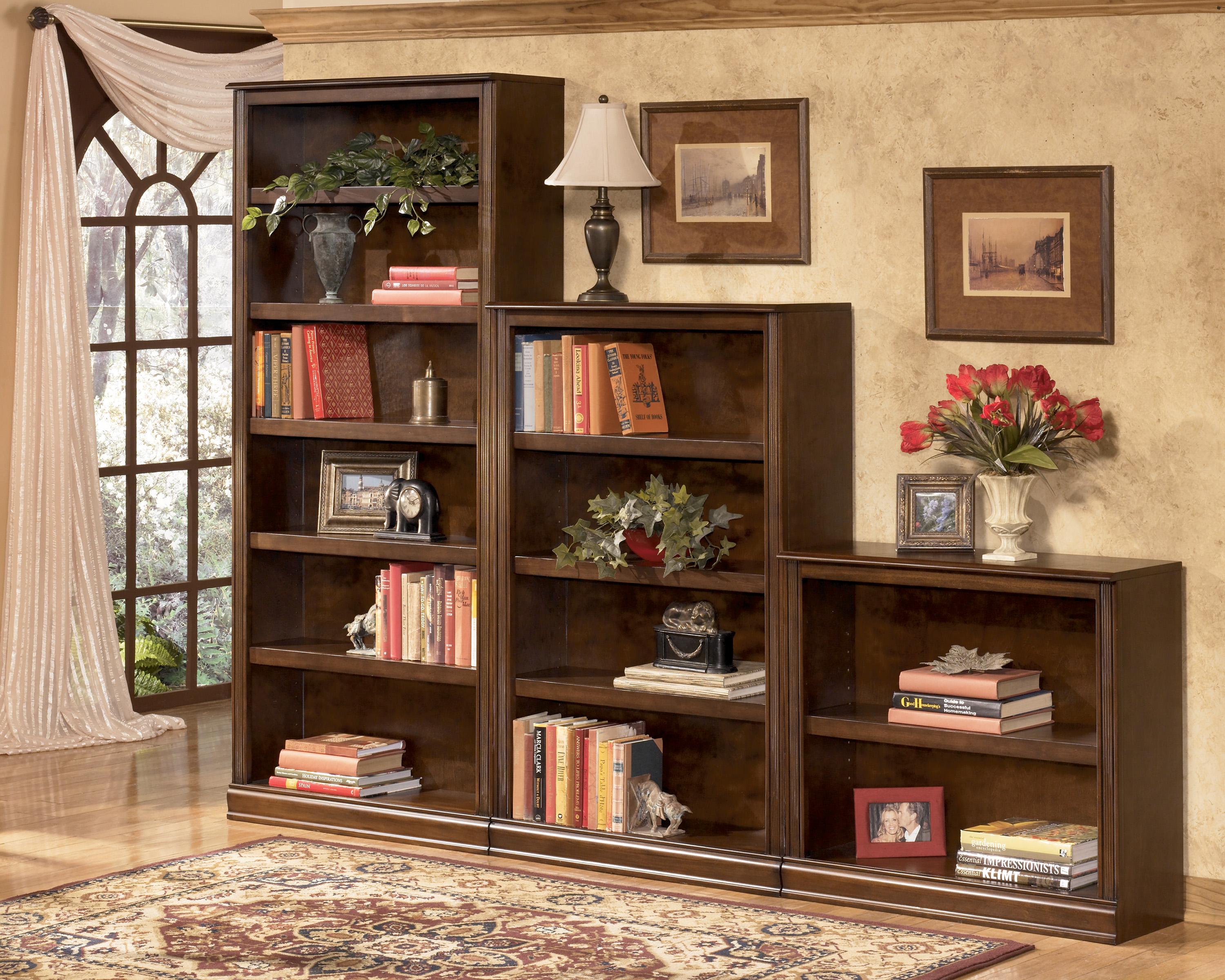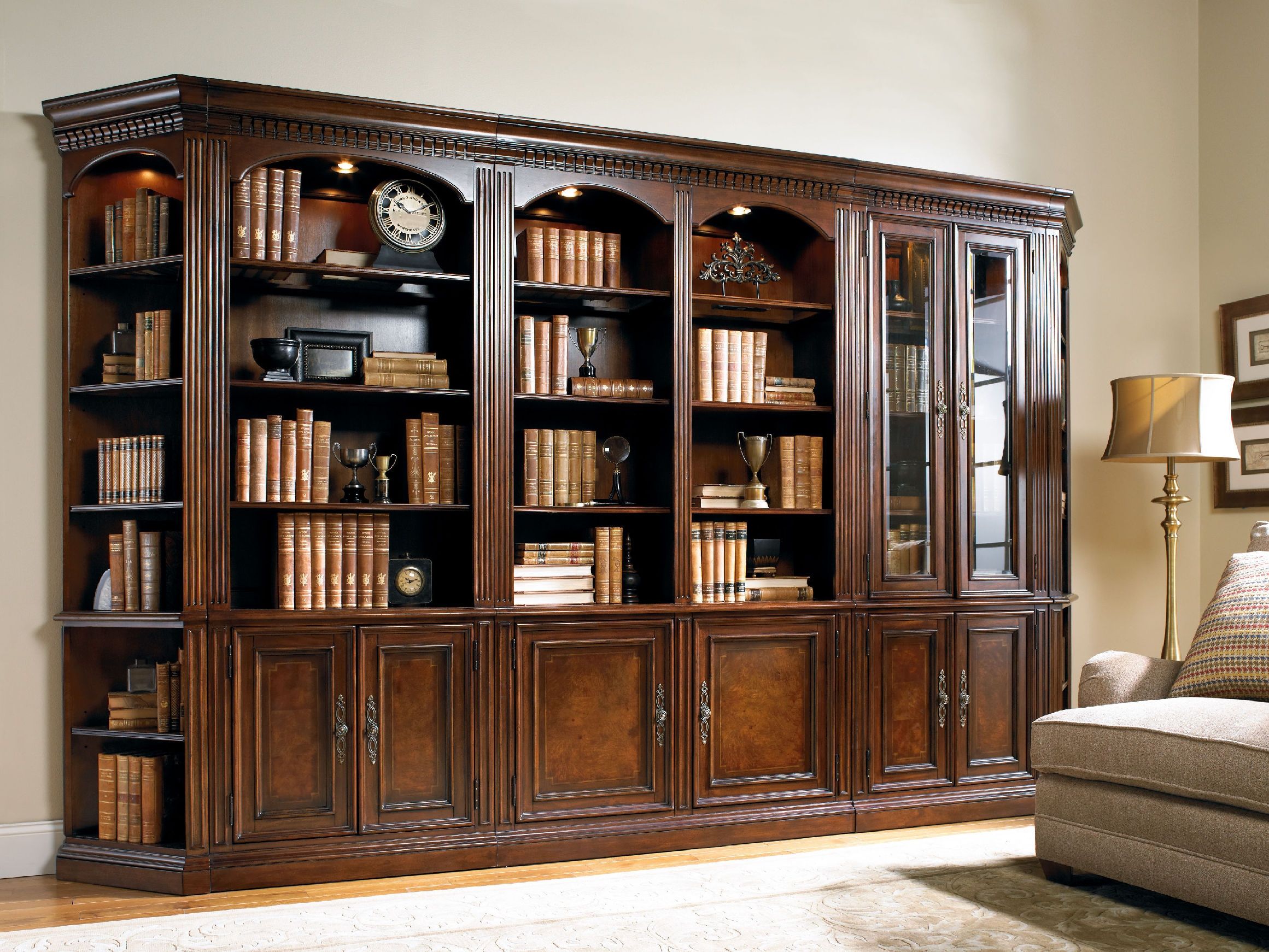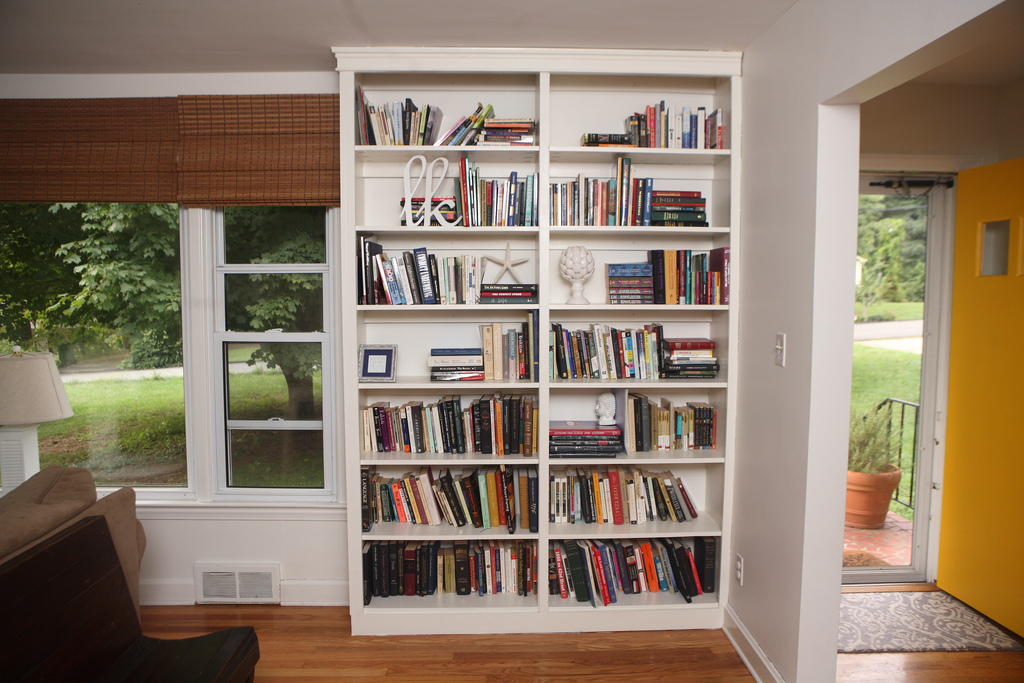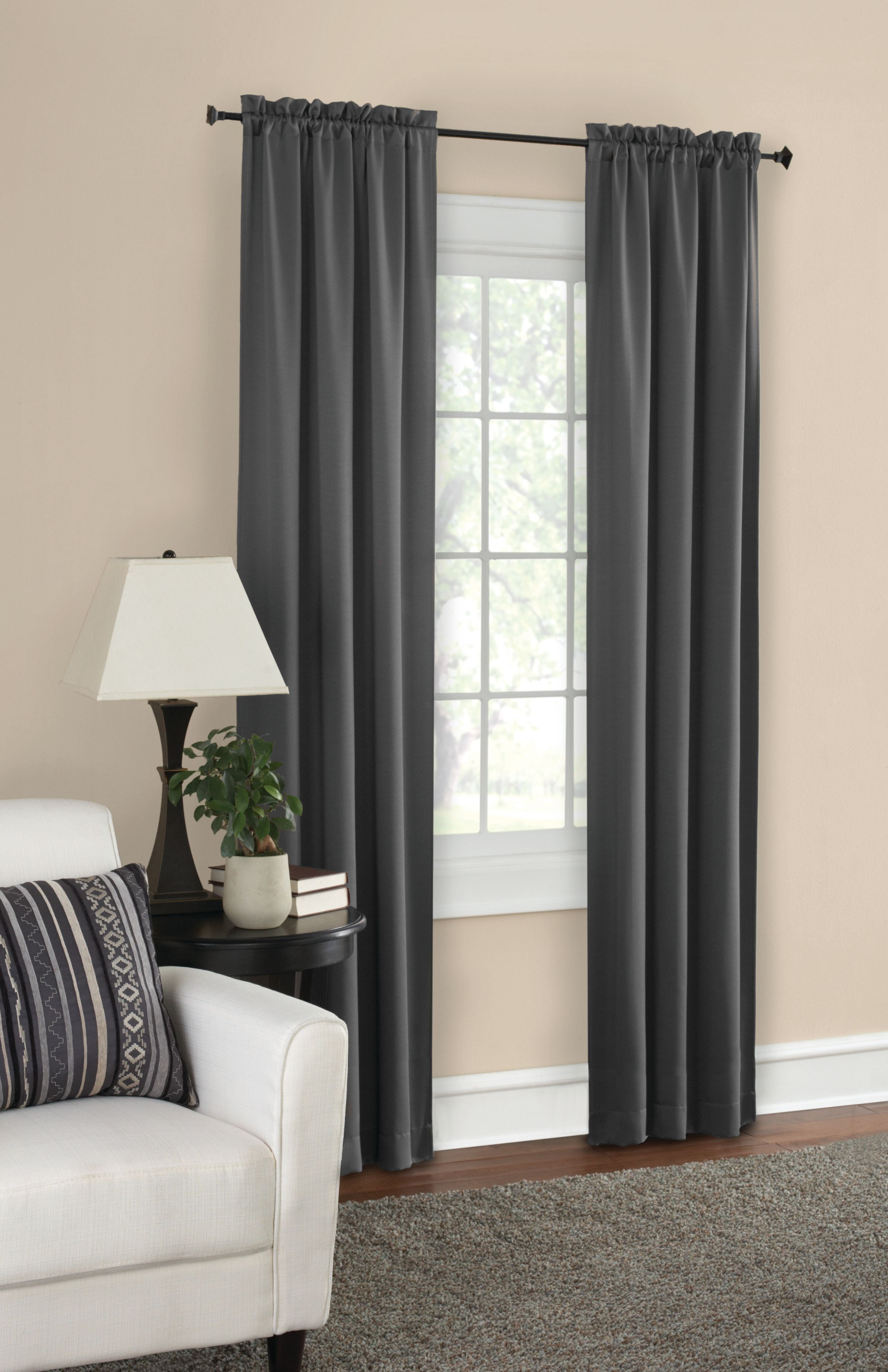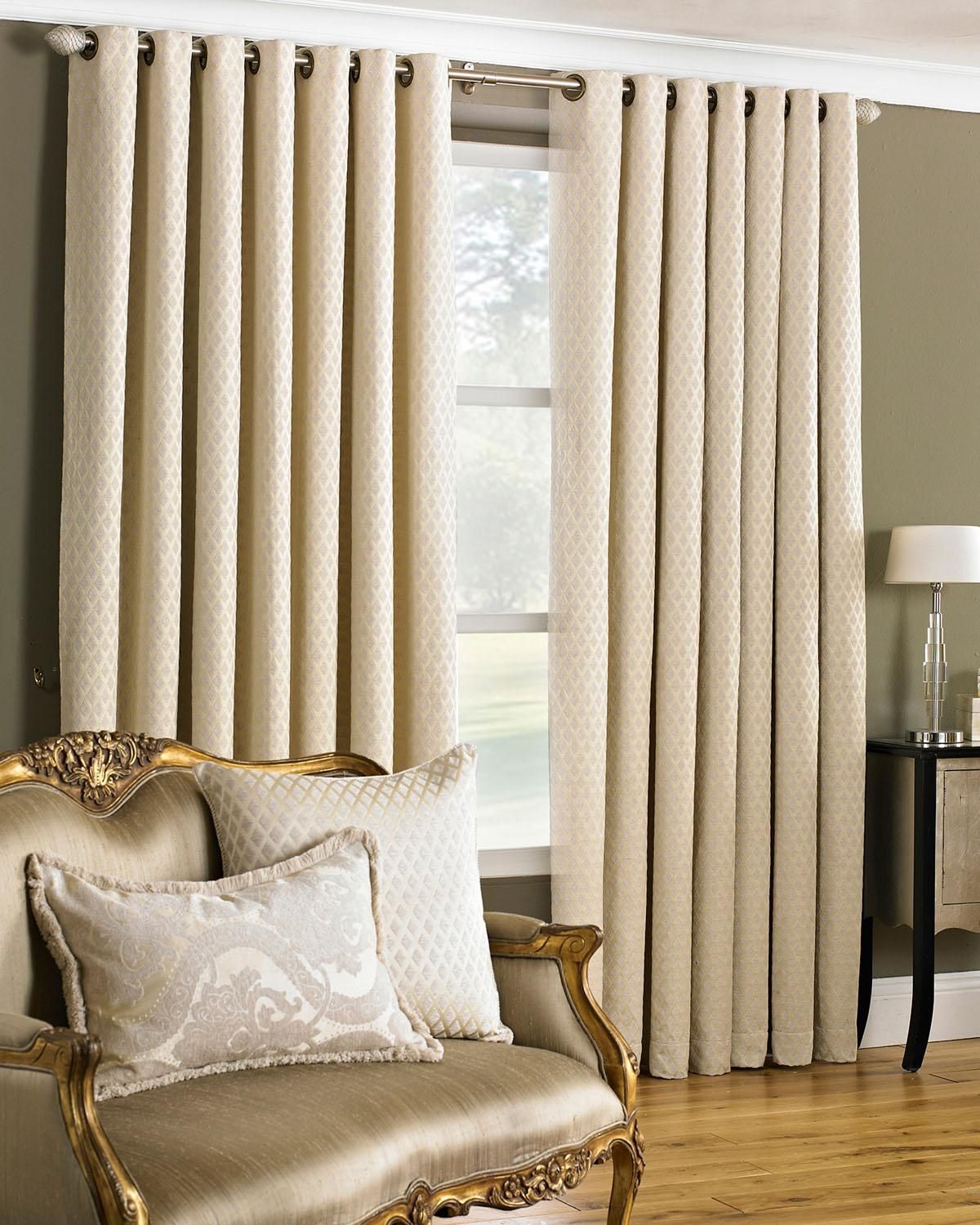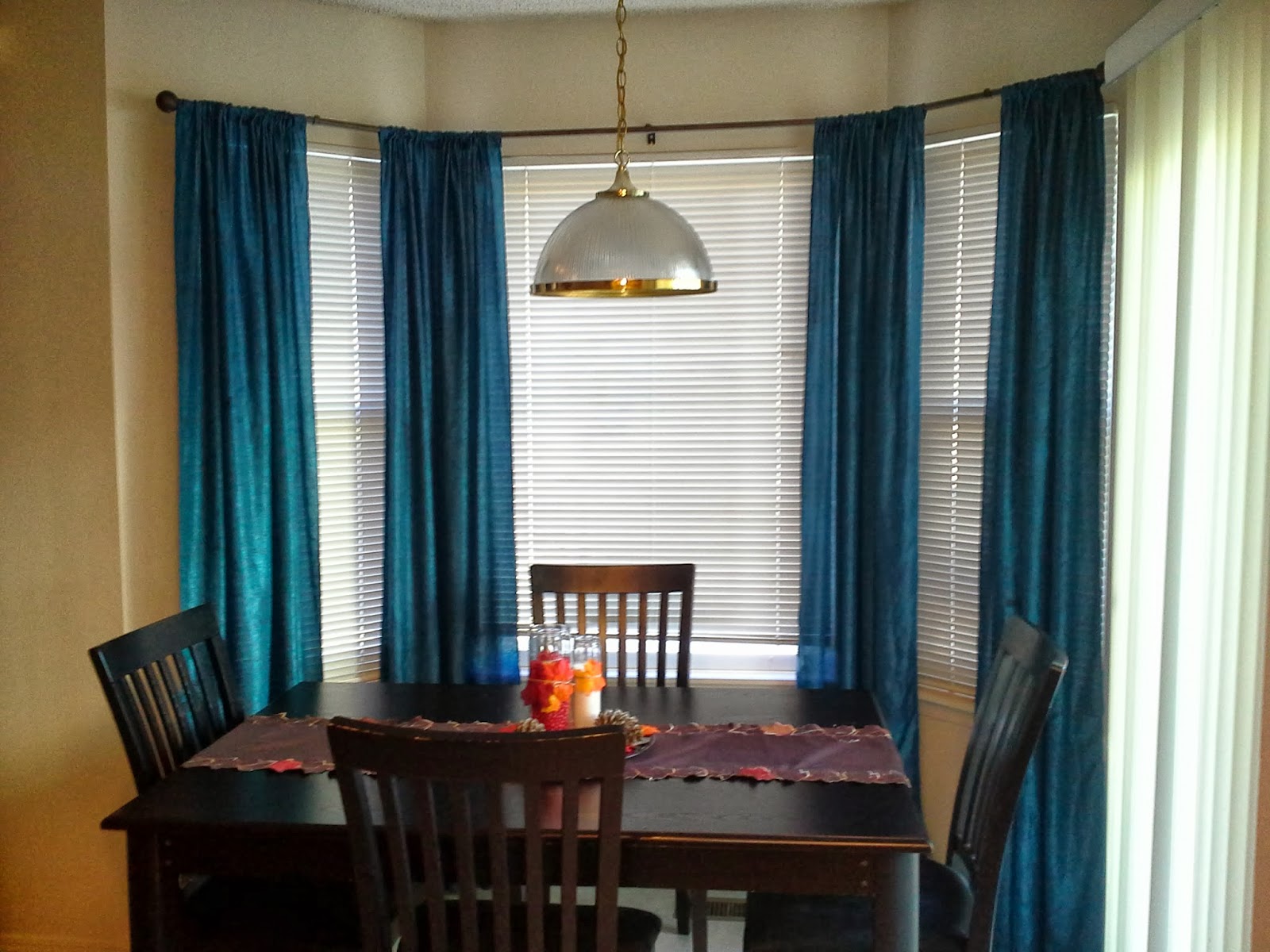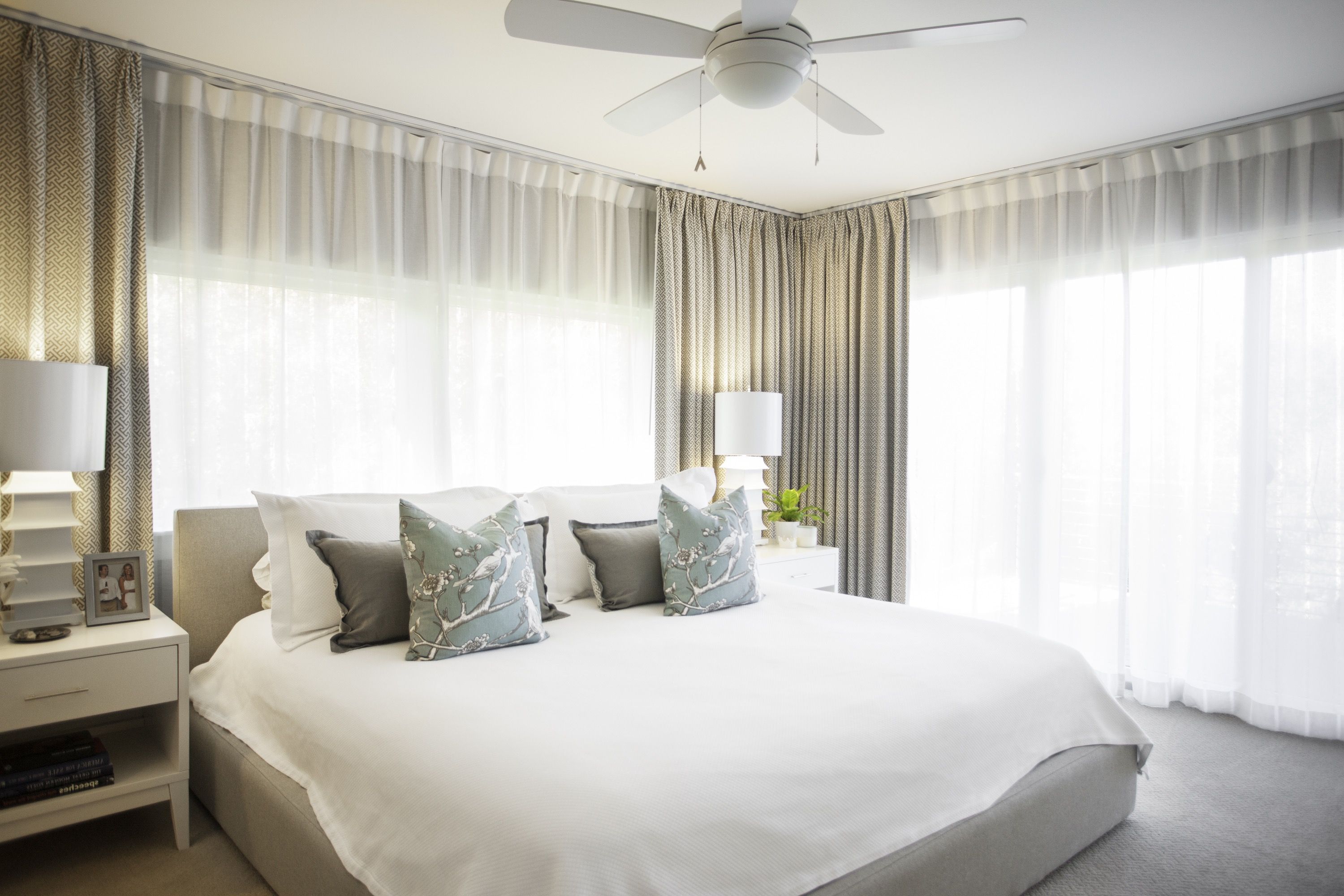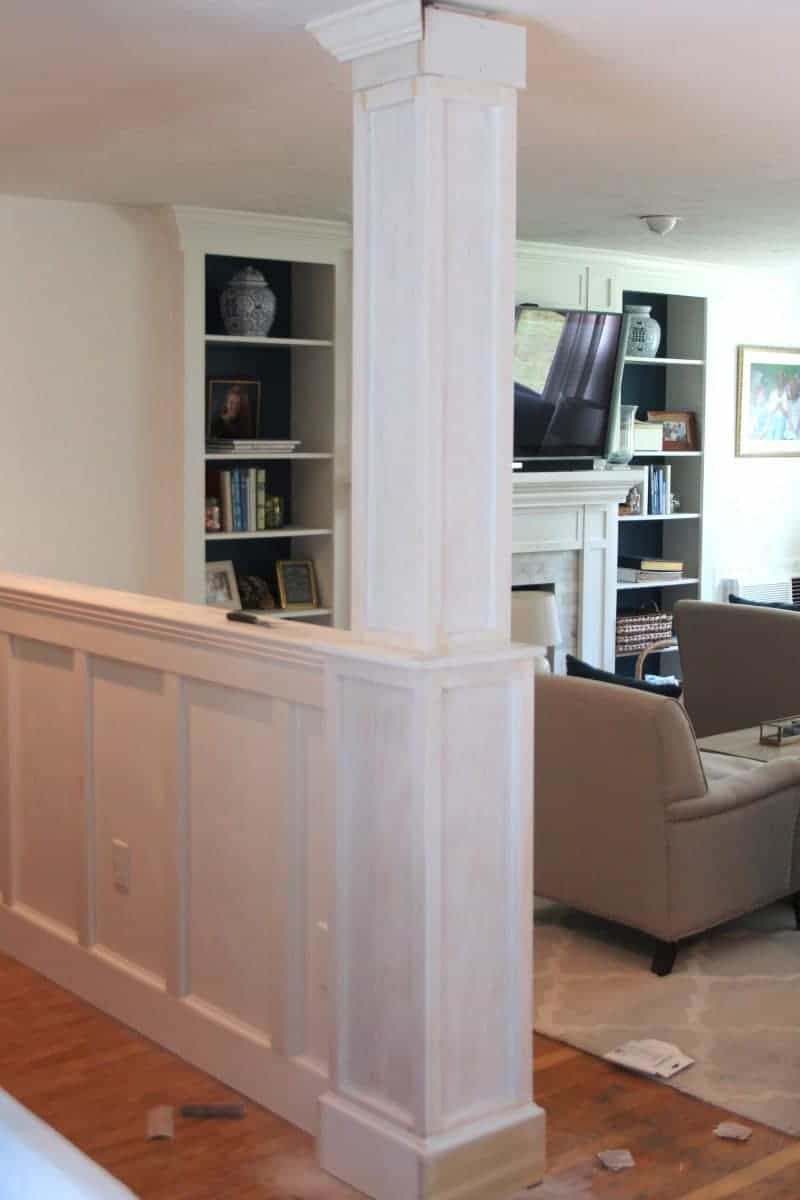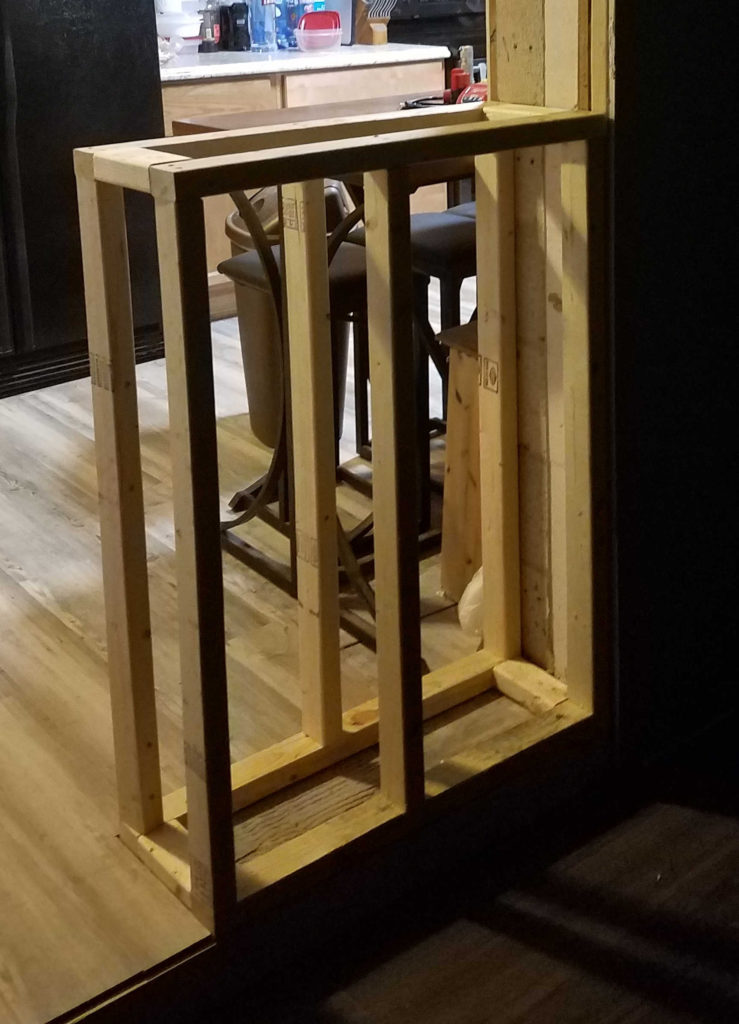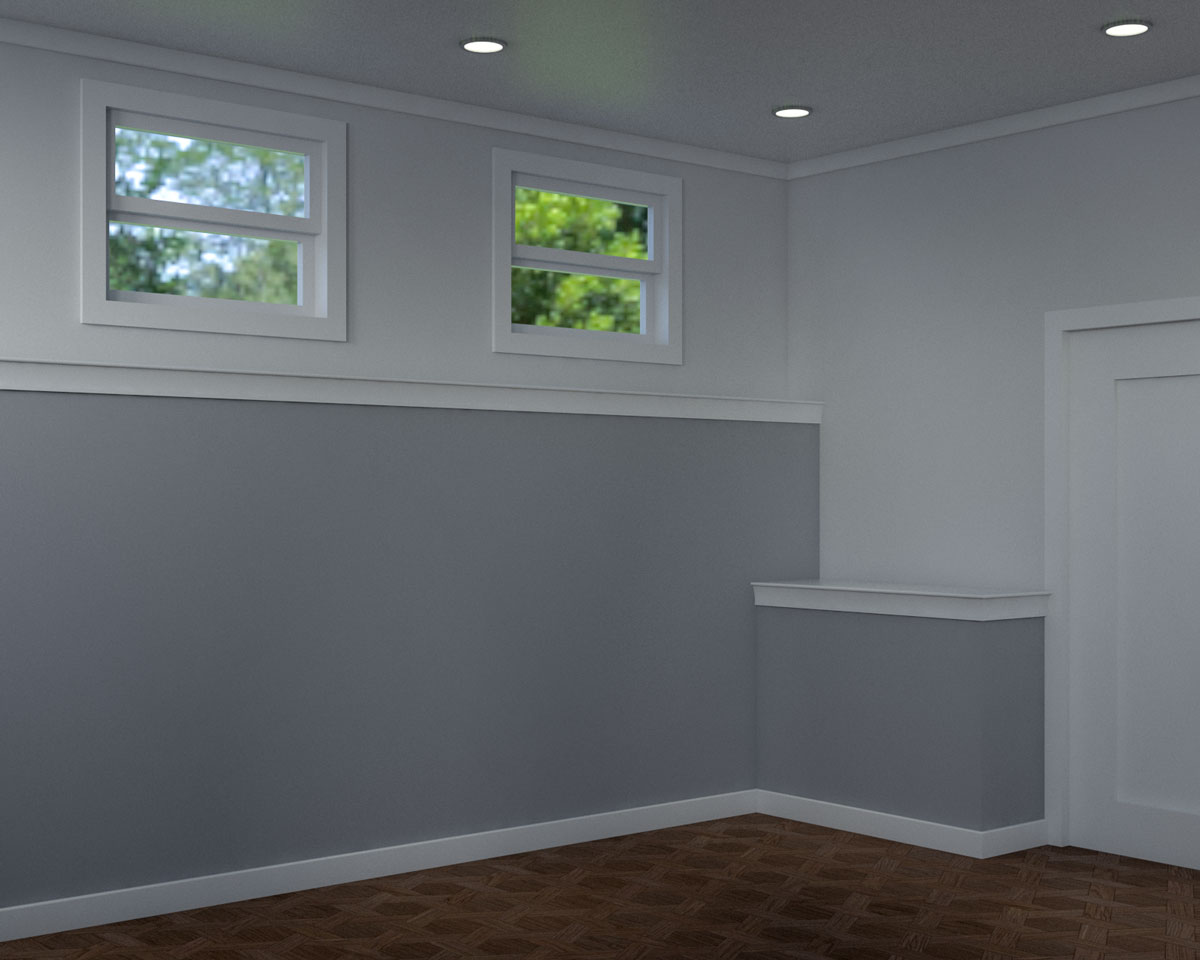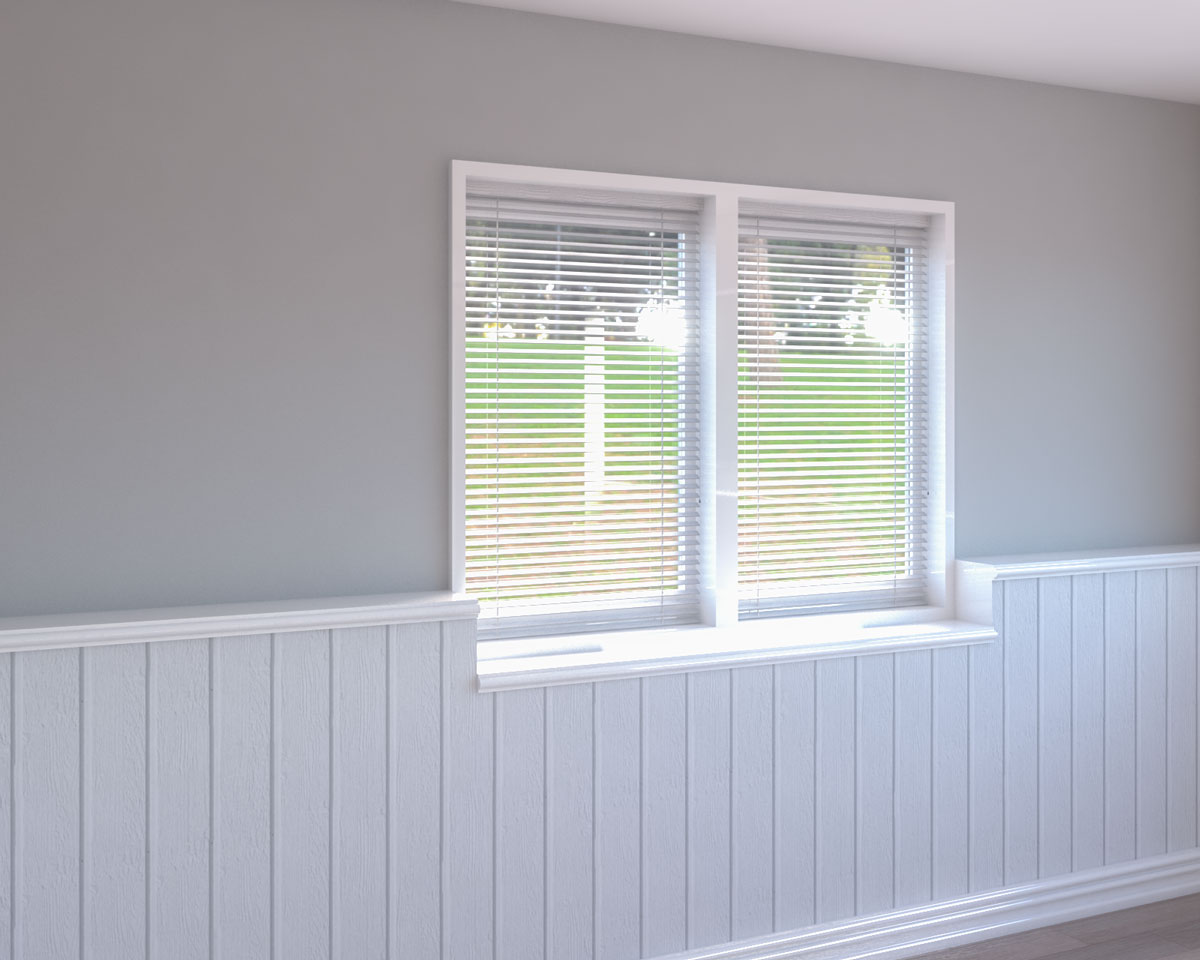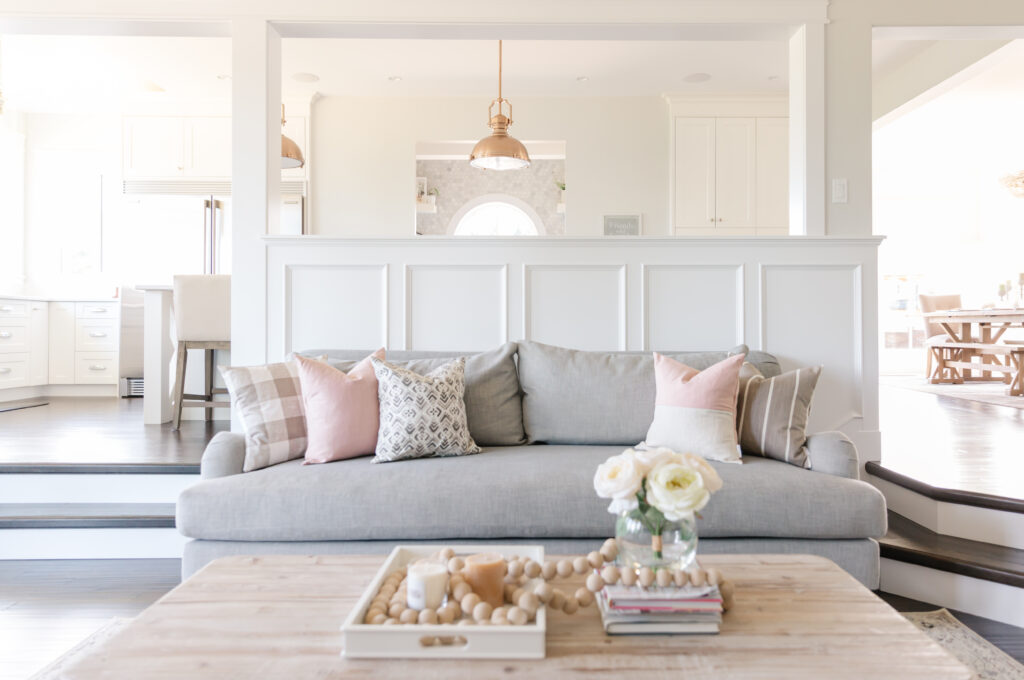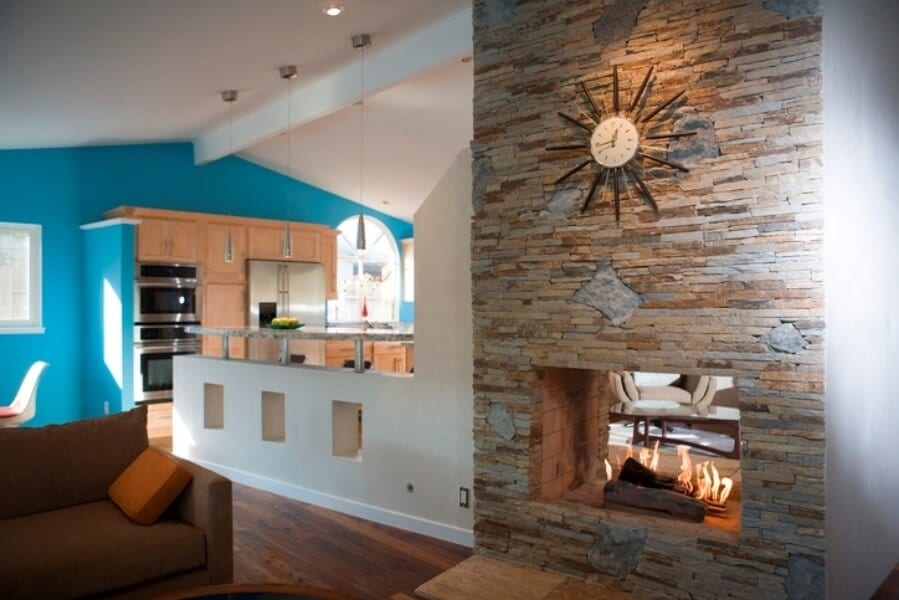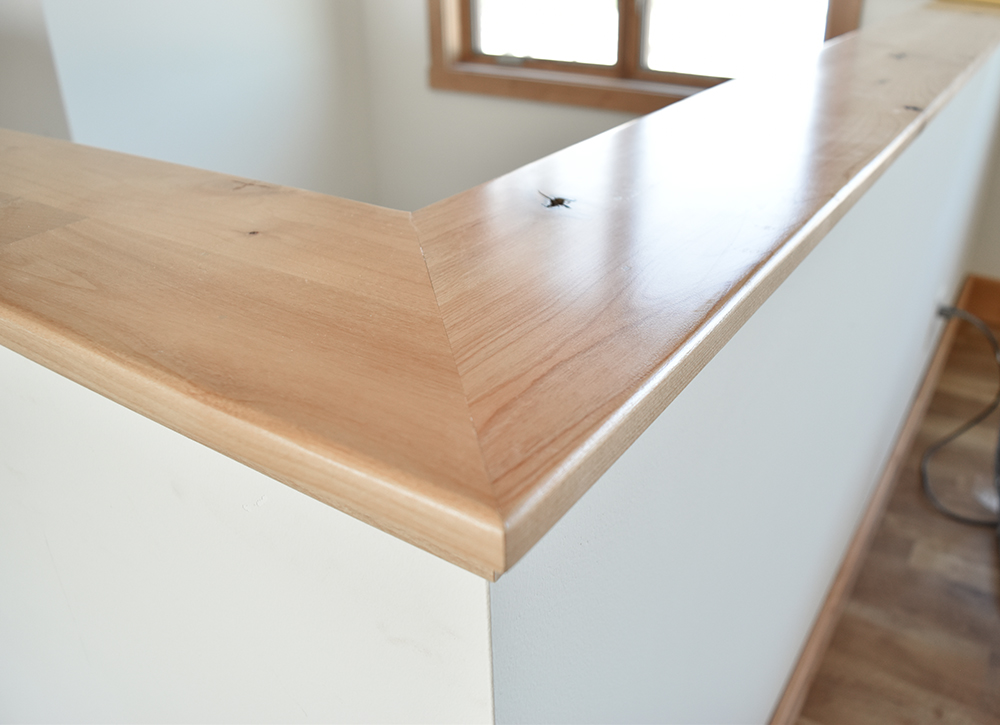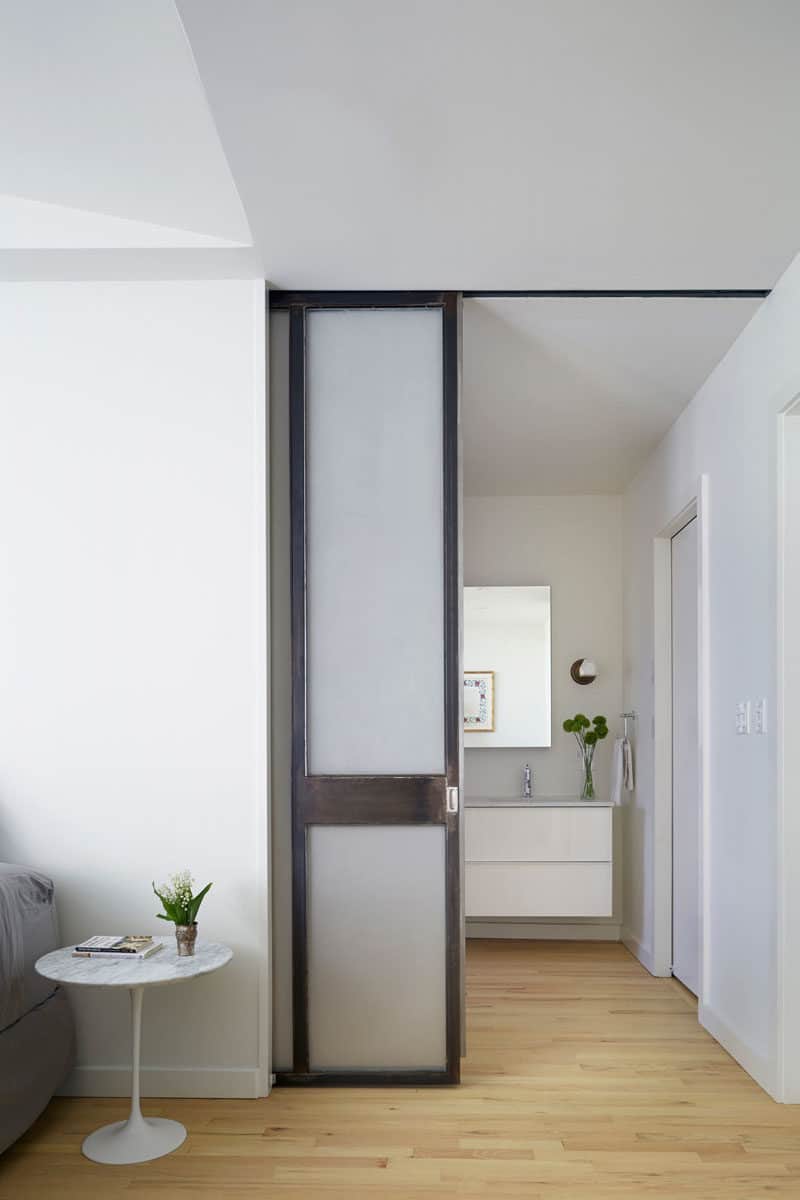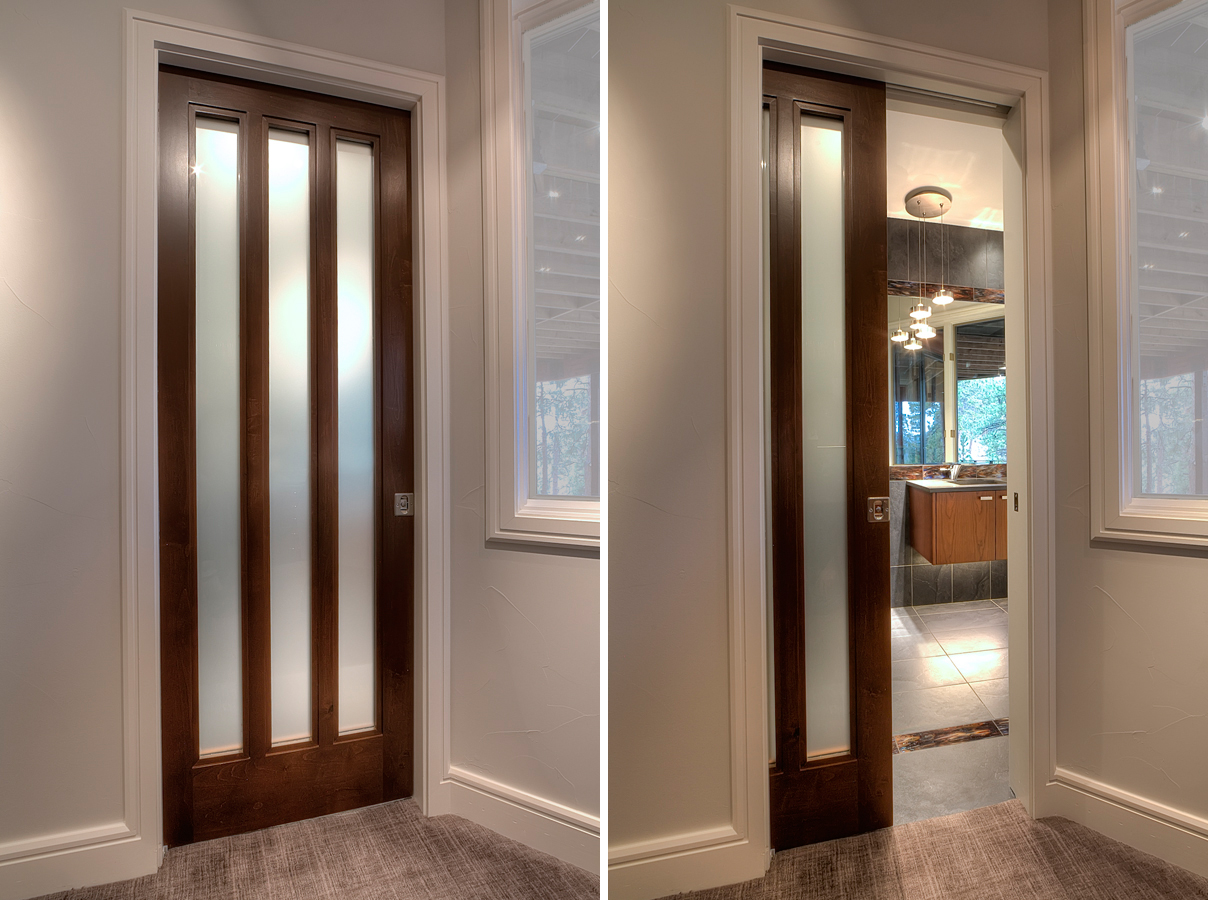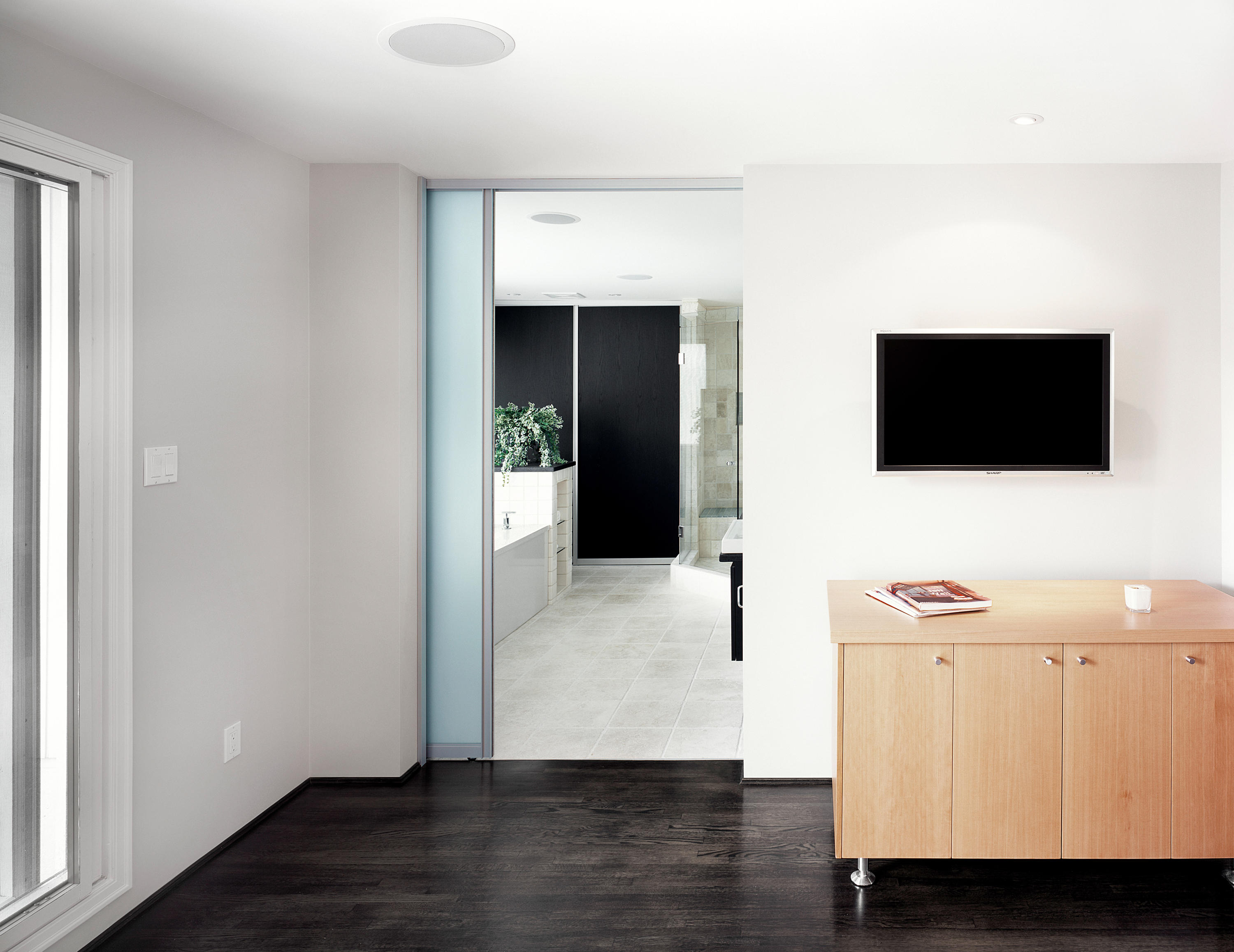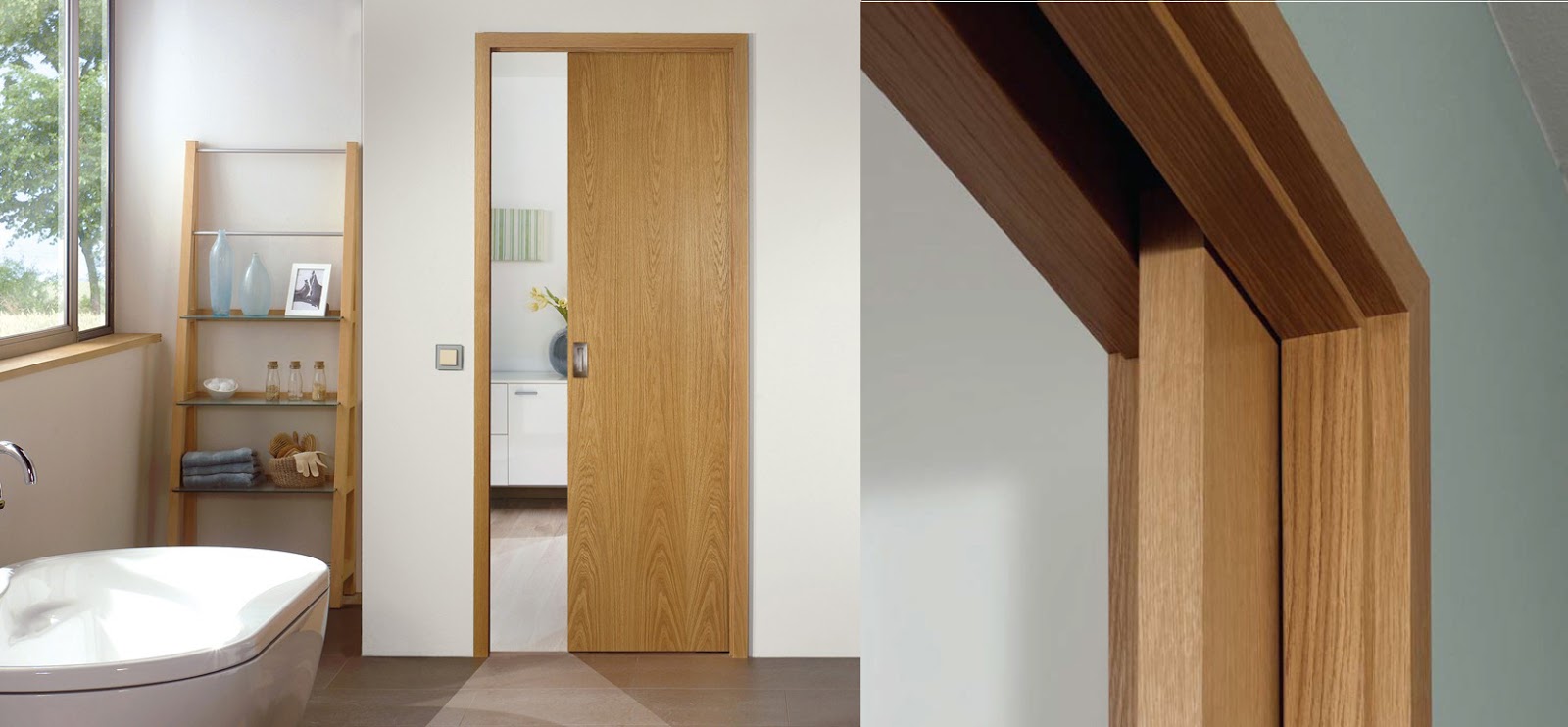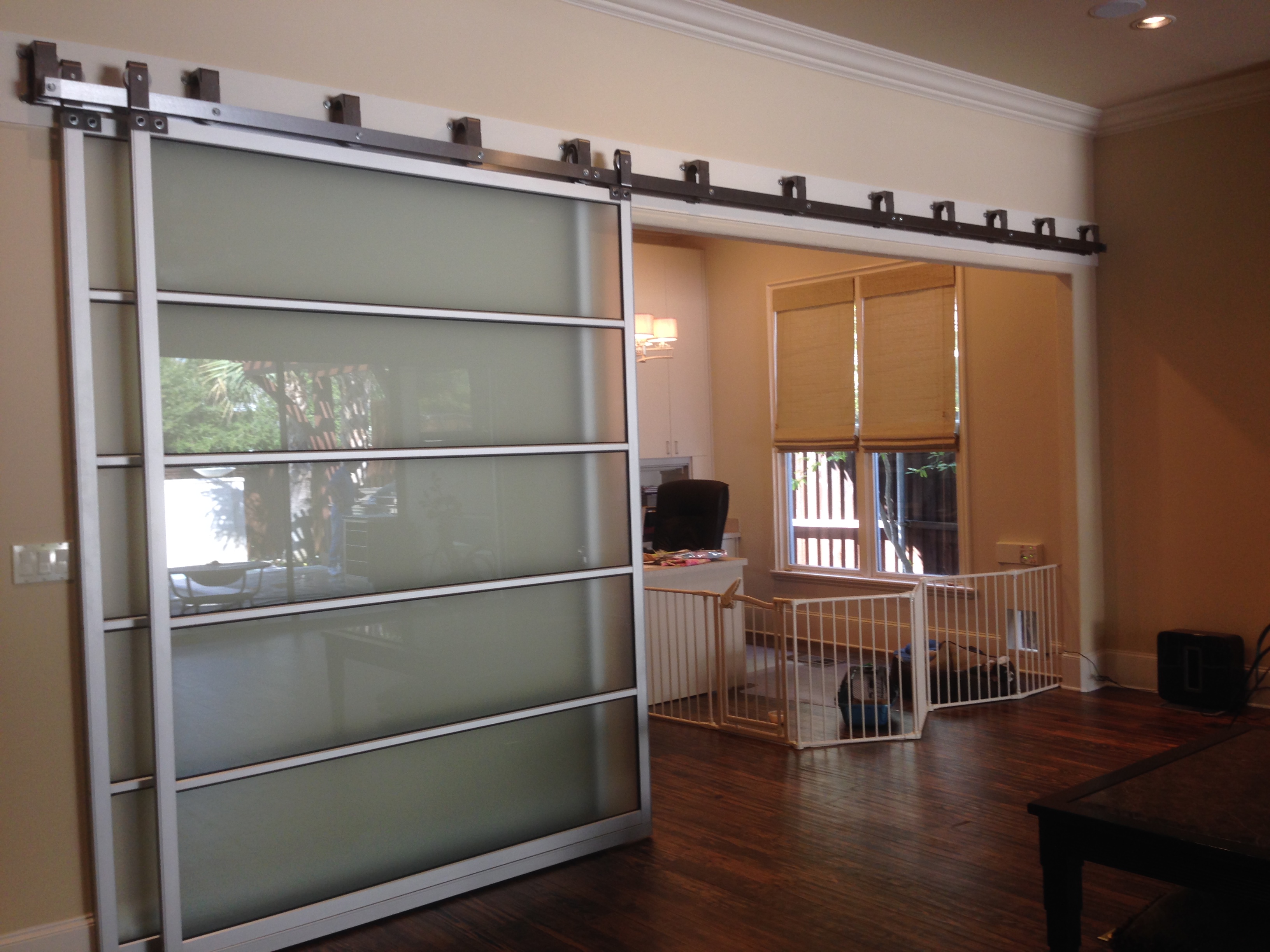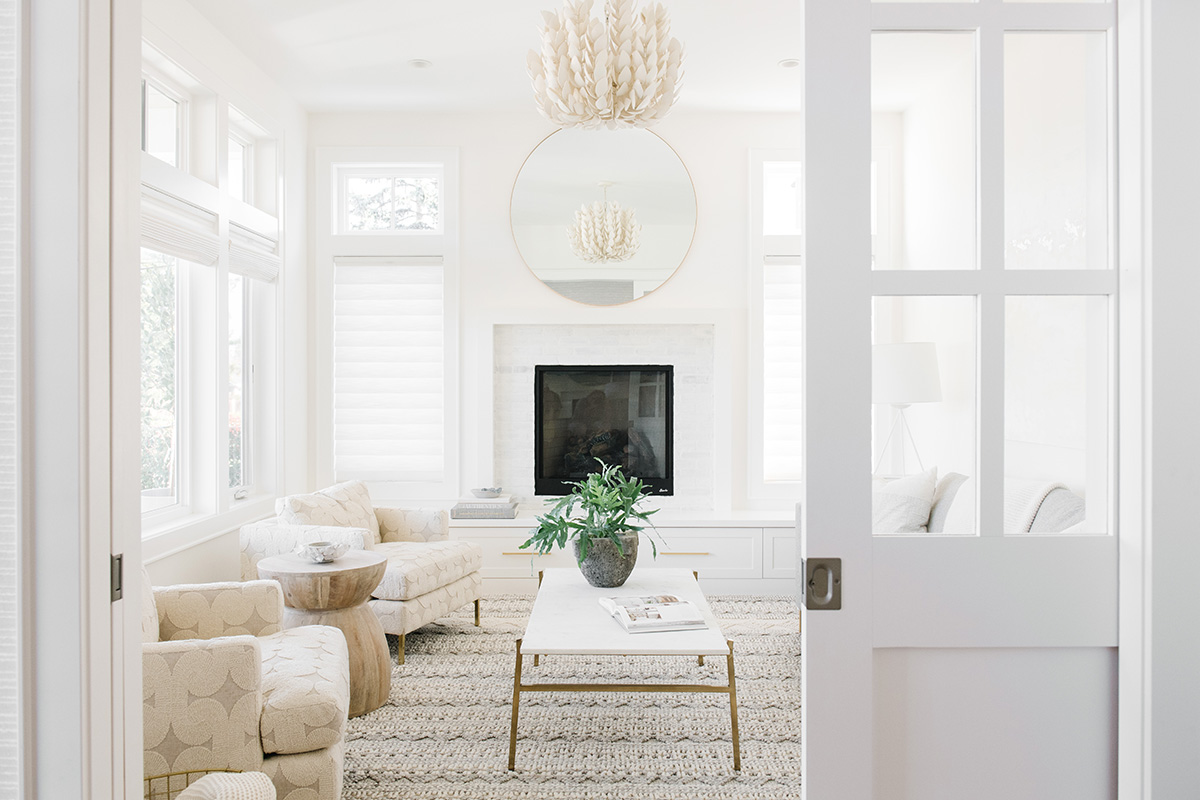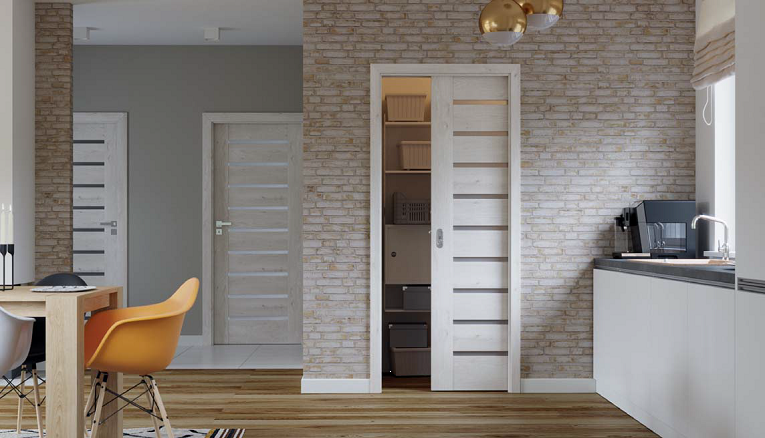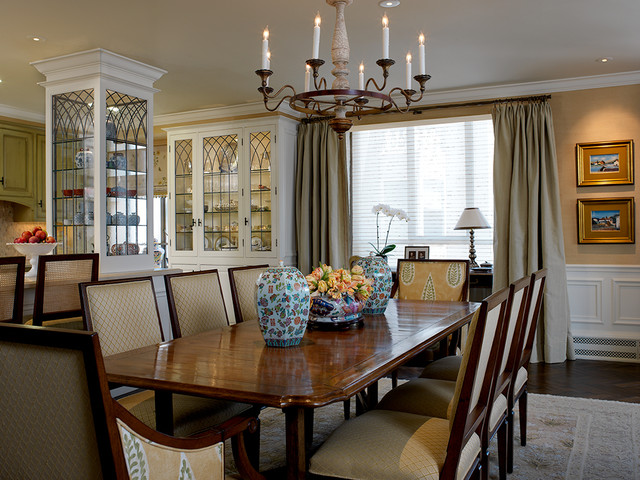One of the most effective ways to separate a living and dining room is by using a room divider. This can be a physical barrier such as a folding screen or a decorative element like a bookcase. Room dividers not only create a visual separation between the two spaces but also add texture and dimension to the room.Room divider
If you want a more permanent solution, consider installing a partition wall between your living and dining room. This can be made of various materials such as drywall, wood, or glass. A partition wall not only separates the two spaces but also allows for customization, such as adding shelves or built-in storage.Partition wall
If you have an open floor plan, sliding doors can be a great way to separate your living and dining room without taking up too much space. These doors can be made of glass to maintain the open feel of the room or solid materials for added privacy. Plus, they are easy to slide open or closed, making it convenient to switch between an open or closed layout.Sliding doors
Another way to separate your living and dining room is by using open shelving. This not only creates a visual barrier but also provides additional storage and display space. You can use the shelves to showcase your favorite decor pieces or use them to store items such as books, dishes, or barware.Open shelving
An area rug can be a great way to visually separate your living and dining room while also adding warmth and coziness to the space. Choose a large rug that can cover both areas, or opt for two smaller rugs to define each space. Make sure to choose a rug that complements the overall color scheme and style of the room.Area rug
A folding screen is a versatile and portable option for separating a living and dining room. You can easily move it around to create different layouts or fold it up and store it away when not needed. Choose a screen with a design or pattern that complements the decor of your room for a cohesive look.Folding screen
Similar to open shelving, a bookcase can also serve as a visual divider between your living and dining room. You can choose a tall and narrow bookcase for a subtle separation or opt for a wider one to create a more defined barrier. Fill the shelves with books, plants, or decorative items to add personality to the room.Bookcase
Curtains are a simple and budget-friendly way to separate your living and dining room. You can choose from a variety of styles and fabrics to match your decor, whether it be sheer curtains for a light and airy feel or heavy drapes for added privacy. Make sure to choose curtains that are long enough to reach the floor for a more polished look.Curtains
If you want to maintain an open feel between your living and dining room while still creating a visual separation, consider installing a half wall. This can be a low wall that extends from the floor to about waist height, or a taller wall that reaches the ceiling. You can also add a countertop to the half wall for additional functionality, such as a breakfast bar.Half wall
Another great option for an open floor plan is pocket doors. These doors slide into the wall, leaving the space completely open when not in use. This is a great way to keep the two rooms connected while also having the option to create a physical barrier when needed. Plus, pocket doors can be customized to match the style of your room.Pocket doors
Creating a Flow Between the Living and Dining Room
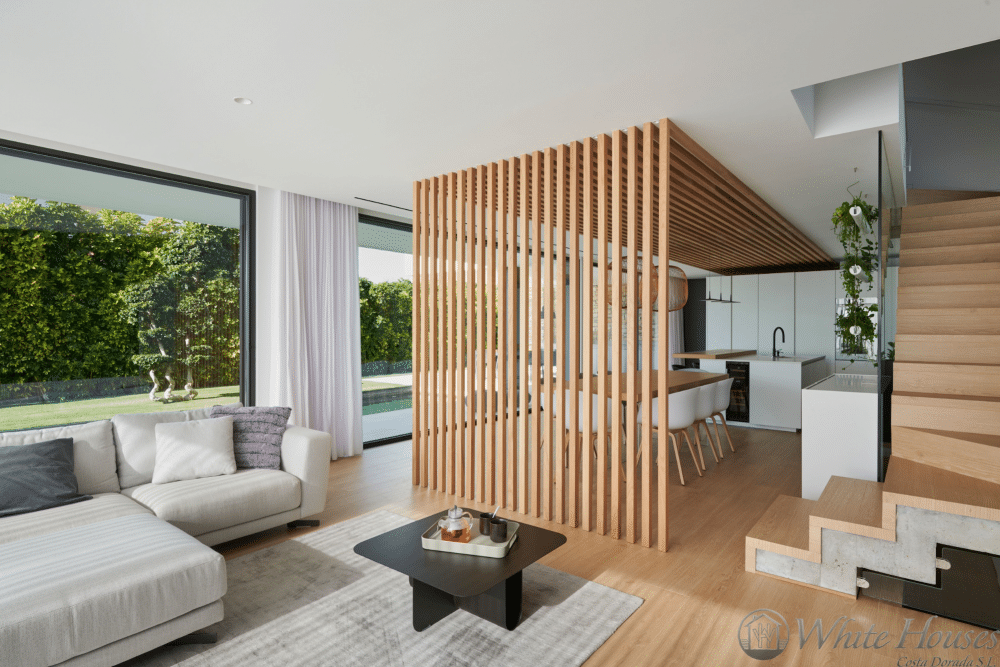
Utilize Color and Lighting
 One of the simplest ways to separate your living and dining room is through the use of color and lighting. Bold and vibrant colors can help define a space and create a sense of separation. Consider painting one wall a different color or using different colored curtains or rugs in each room. Lighting also plays a key role in creating a distinct ambiance between the living and dining areas. Use statement light fixtures or lamps to highlight each space and create a cohesive flow between them.
One of the simplest ways to separate your living and dining room is through the use of color and lighting. Bold and vibrant colors can help define a space and create a sense of separation. Consider painting one wall a different color or using different colored curtains or rugs in each room. Lighting also plays a key role in creating a distinct ambiance between the living and dining areas. Use statement light fixtures or lamps to highlight each space and create a cohesive flow between them.
Use Furniture Placement
 Furniture placement is another effective way to separate your living and dining room. Use larger pieces of furniture, such as a sofa or bookshelf, to create a physical barrier between the two spaces. This not only helps visually separate the rooms, but also provides functionality and storage. Additionally, using different styles or designs of furniture can also create a clear distinction between the living and dining areas.
Furniture placement is another effective way to separate your living and dining room. Use larger pieces of furniture, such as a sofa or bookshelf, to create a physical barrier between the two spaces. This not only helps visually separate the rooms, but also provides functionality and storage. Additionally, using different styles or designs of furniture can also create a clear distinction between the living and dining areas.
Install Room Dividers
Add Unique Features
 Incorporating unique features into your living and dining room can also help separate the two spaces. For example, adding a fireplace or a built-in bar can create a focal point and break up the room. You can also add different textures, such as a brick wall or a wood accent, to add visual interest and differentiate between the two areas.
In conclusion,
there are many creative ways to separate your living and dining room, from utilizing color and lighting to incorporating unique features and furniture placement. It's important to keep in mind the flow and functionality of the space while also adding your own personal touch. By implementing these ideas, you can create distinct and inviting living and dining areas in your home.
Incorporating unique features into your living and dining room can also help separate the two spaces. For example, adding a fireplace or a built-in bar can create a focal point and break up the room. You can also add different textures, such as a brick wall or a wood accent, to add visual interest and differentiate between the two areas.
In conclusion,
there are many creative ways to separate your living and dining room, from utilizing color and lighting to incorporating unique features and furniture placement. It's important to keep in mind the flow and functionality of the space while also adding your own personal touch. By implementing these ideas, you can create distinct and inviting living and dining areas in your home.
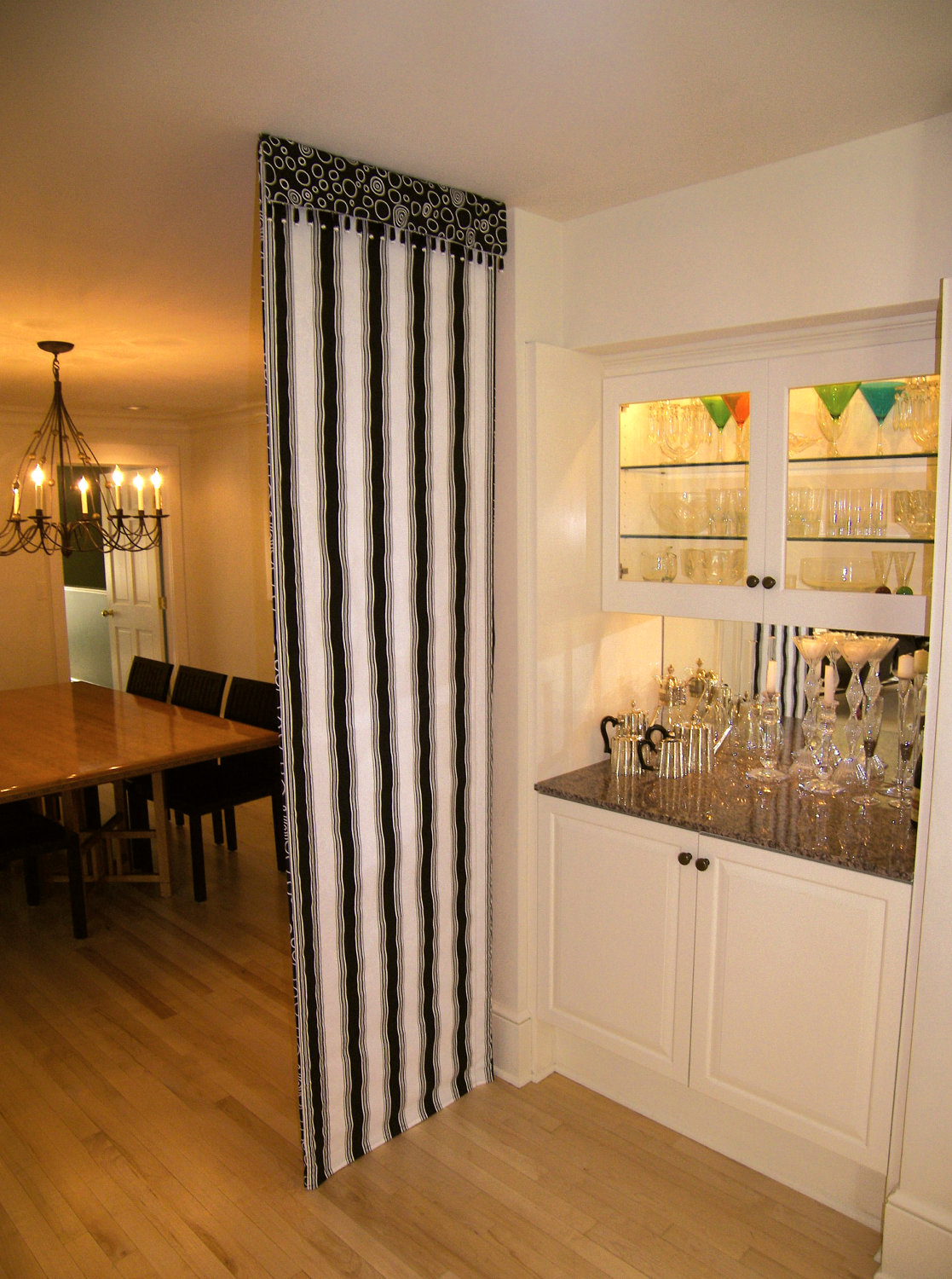

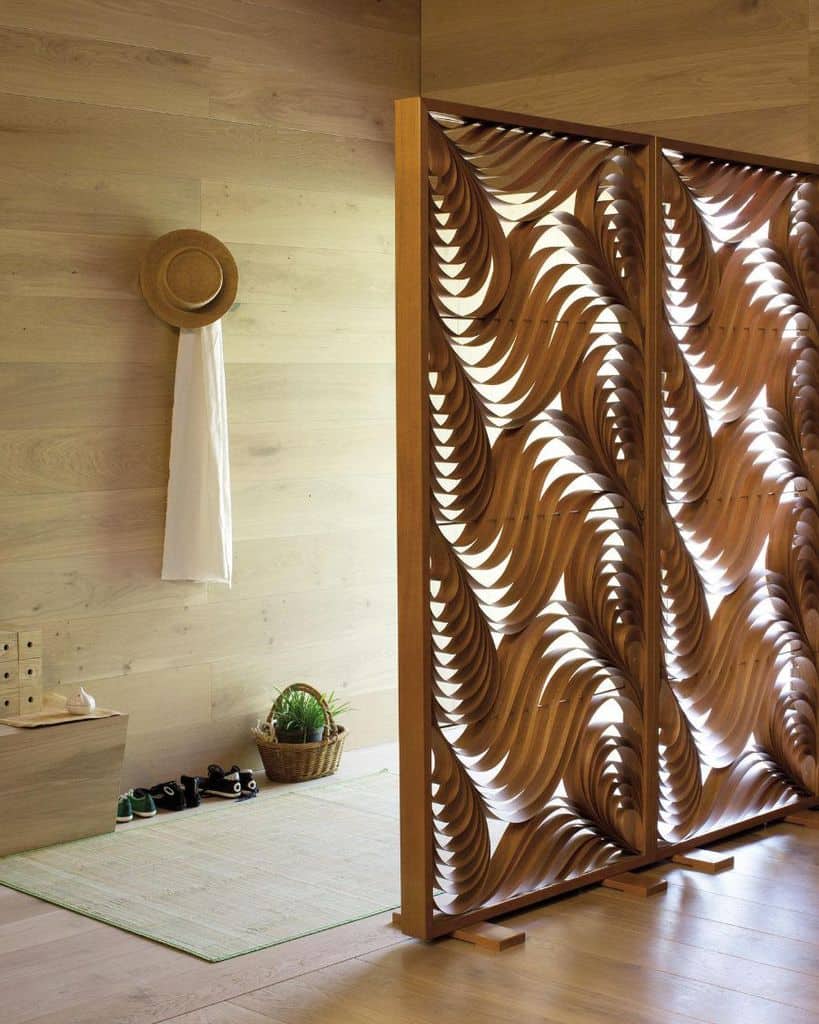
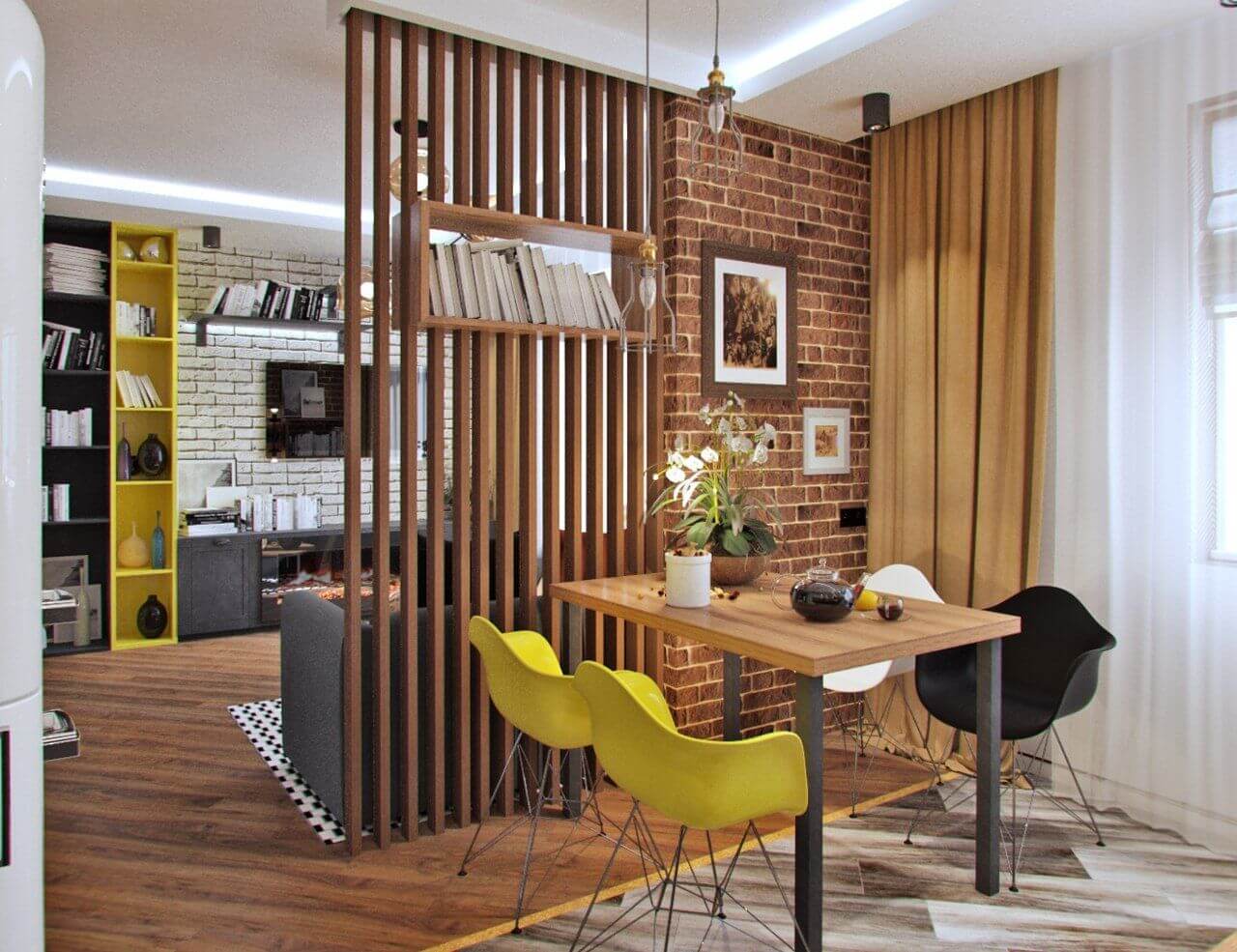


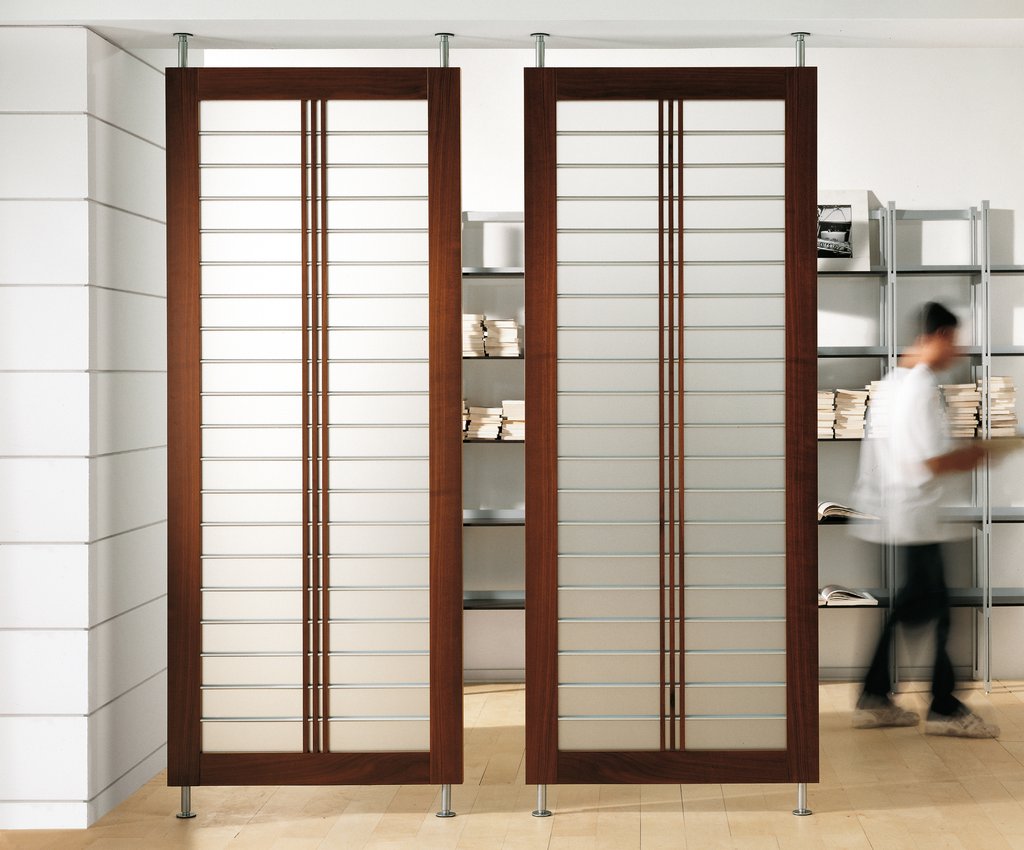
/Roomdivider-GettyImages-1130430856-40a5514b6caa41d19185ef69d2e471e1.jpg)

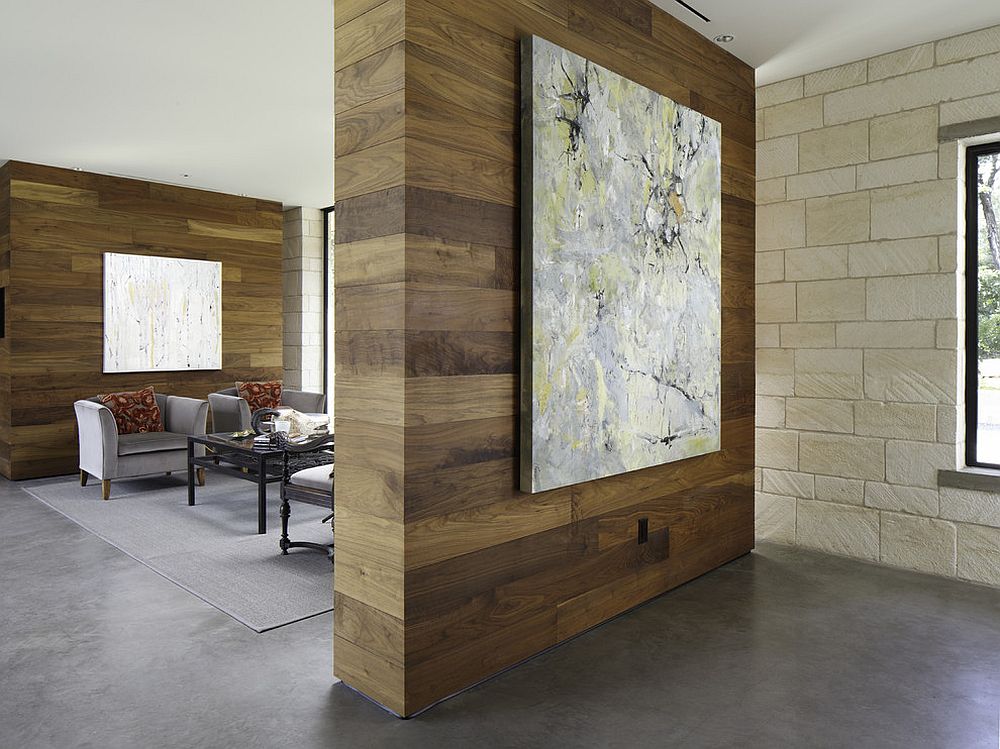
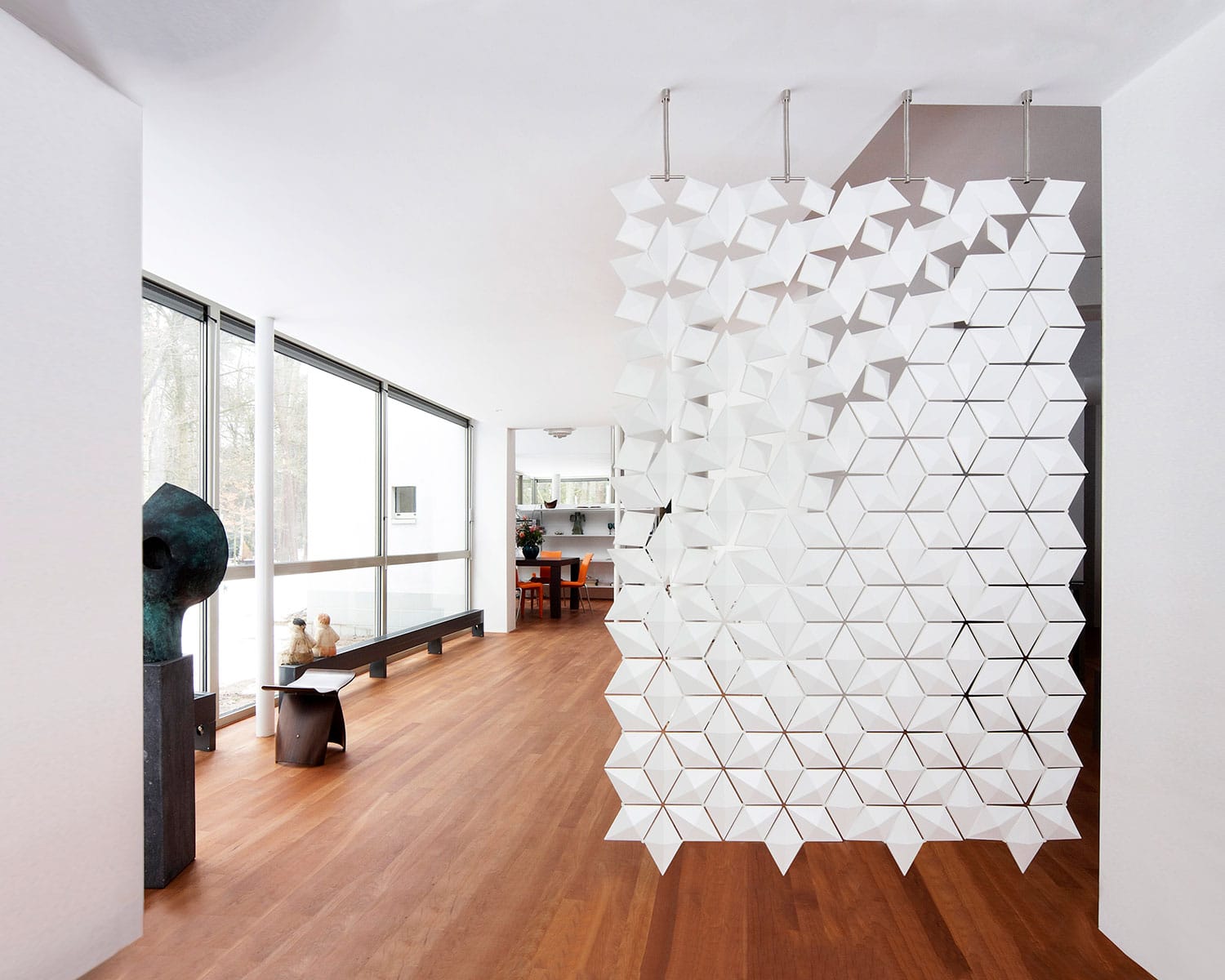
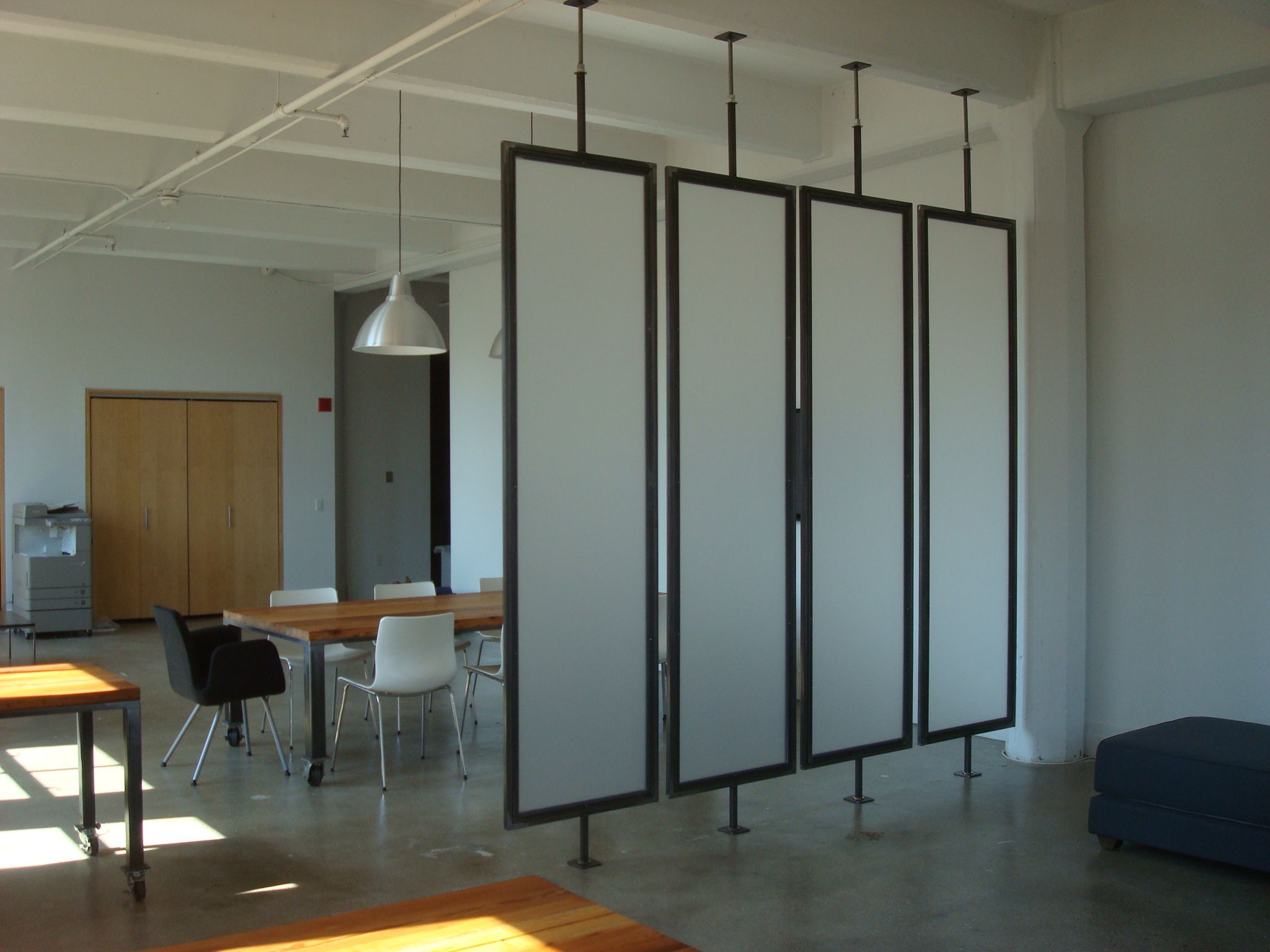
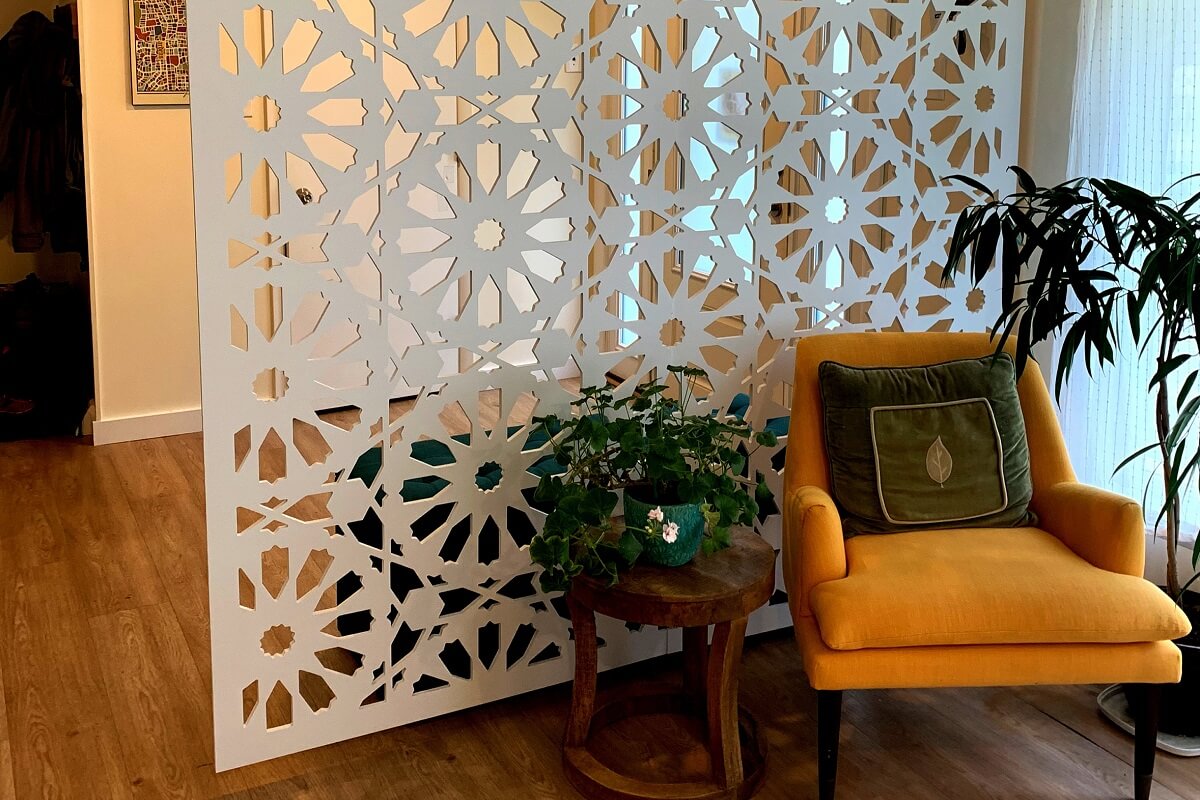
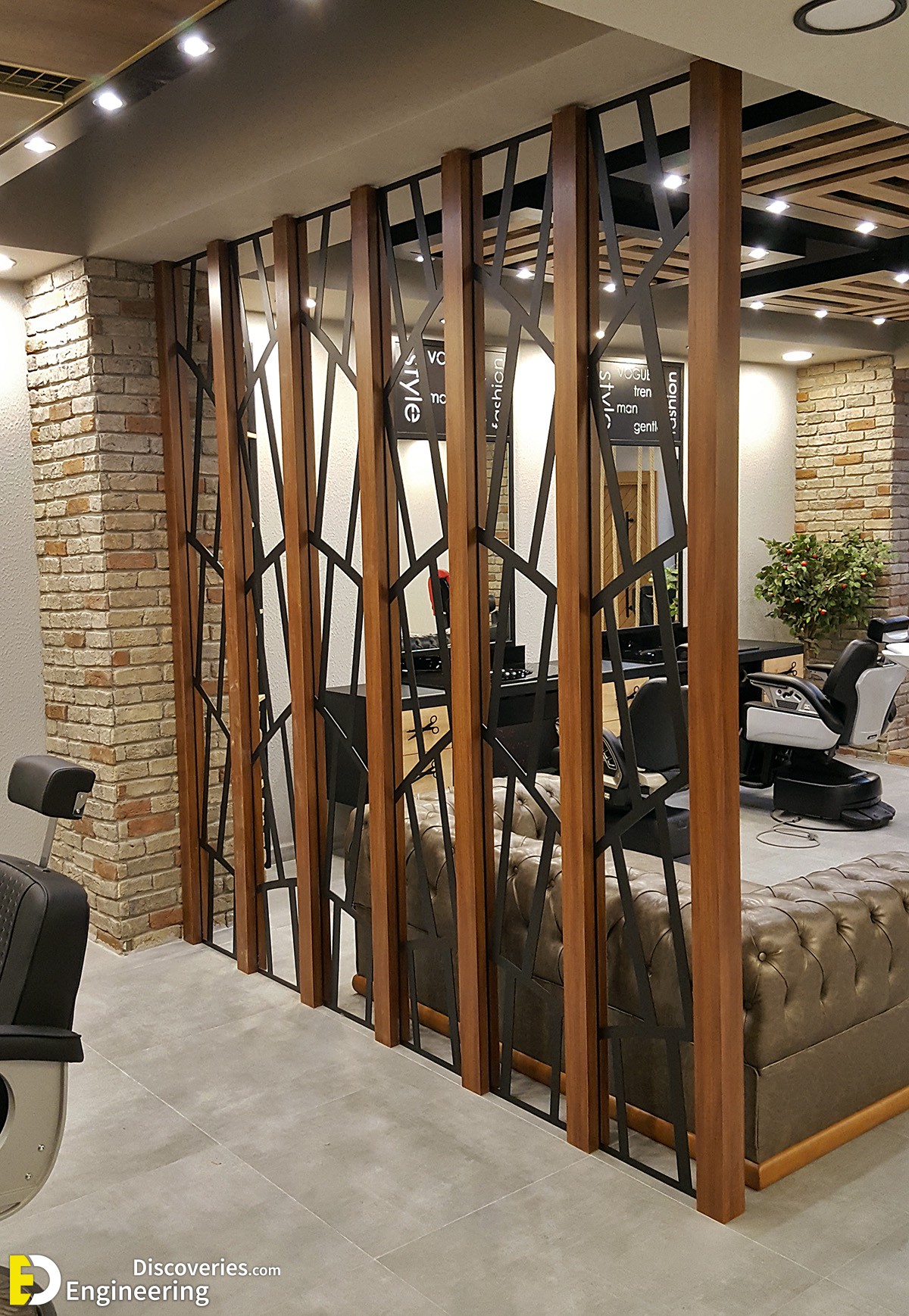


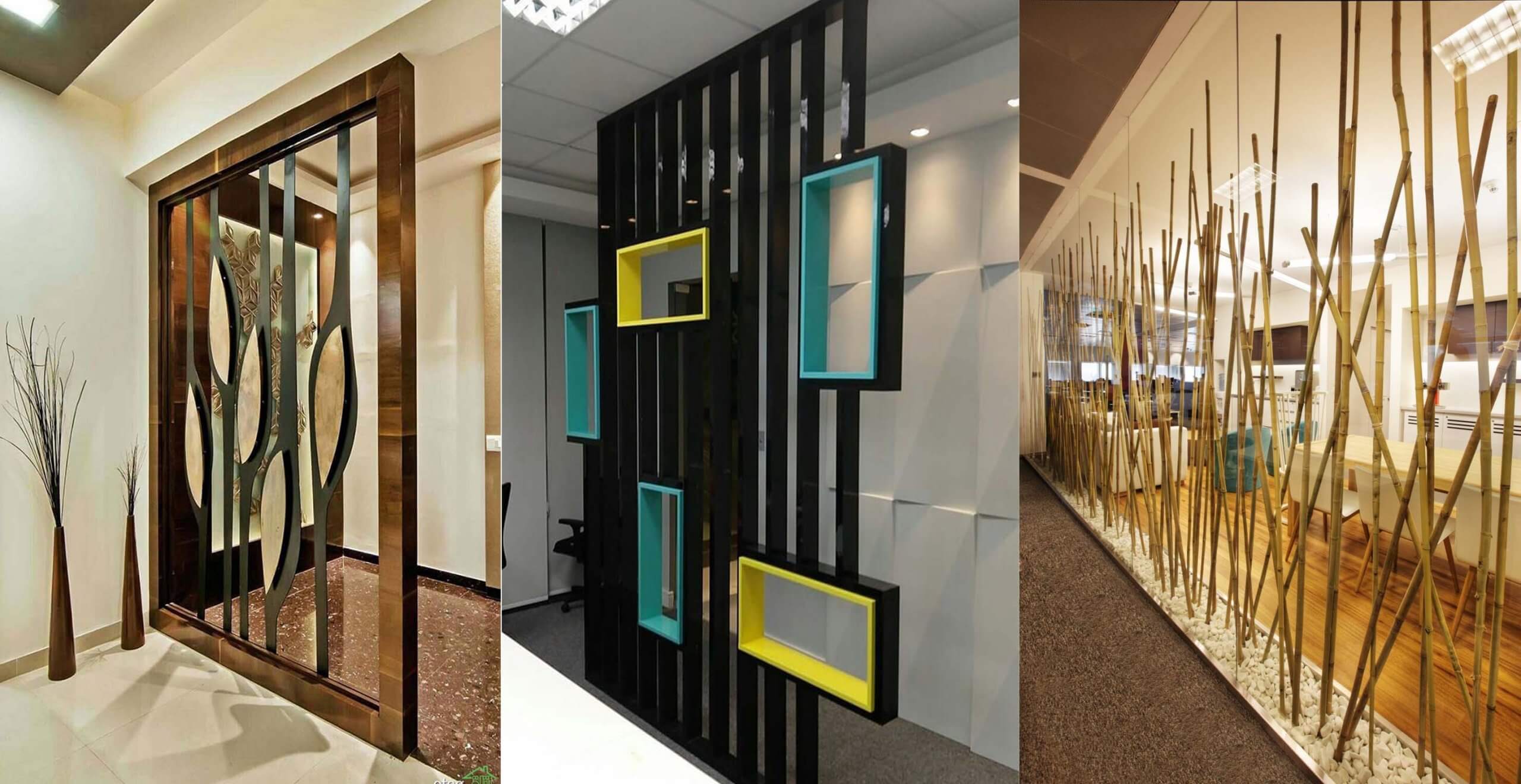
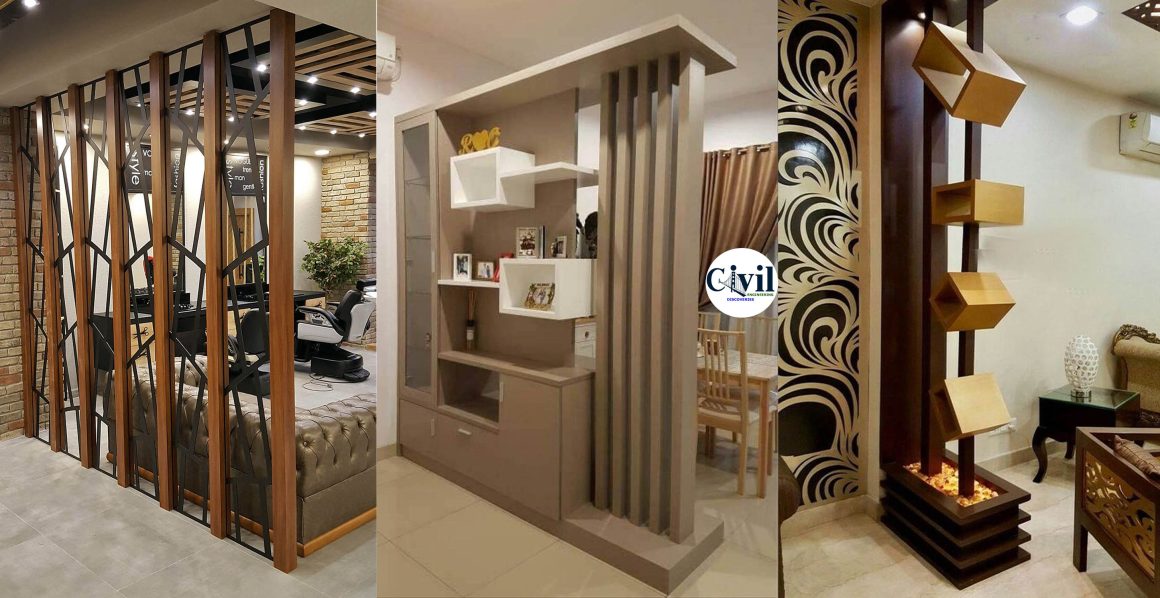

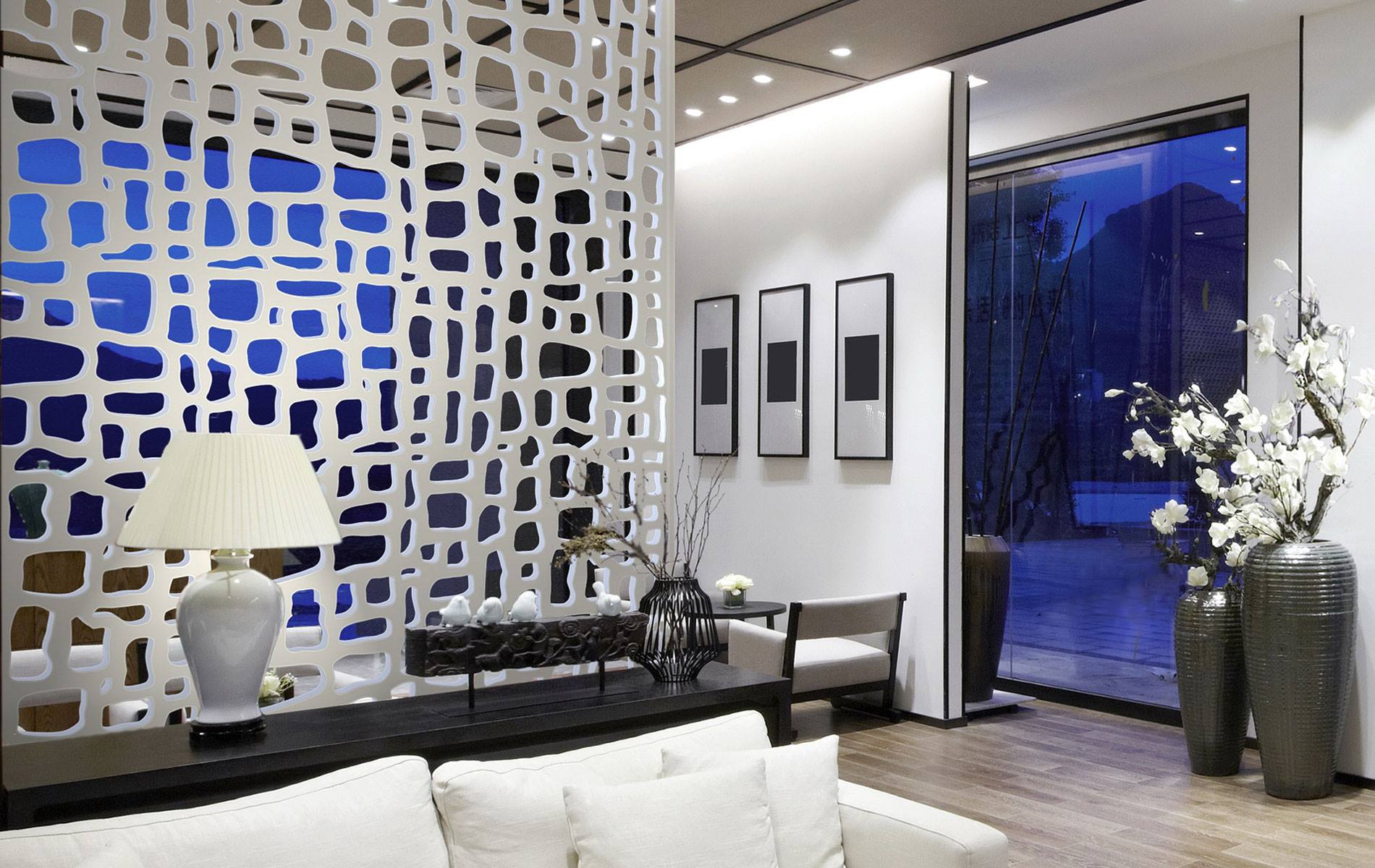
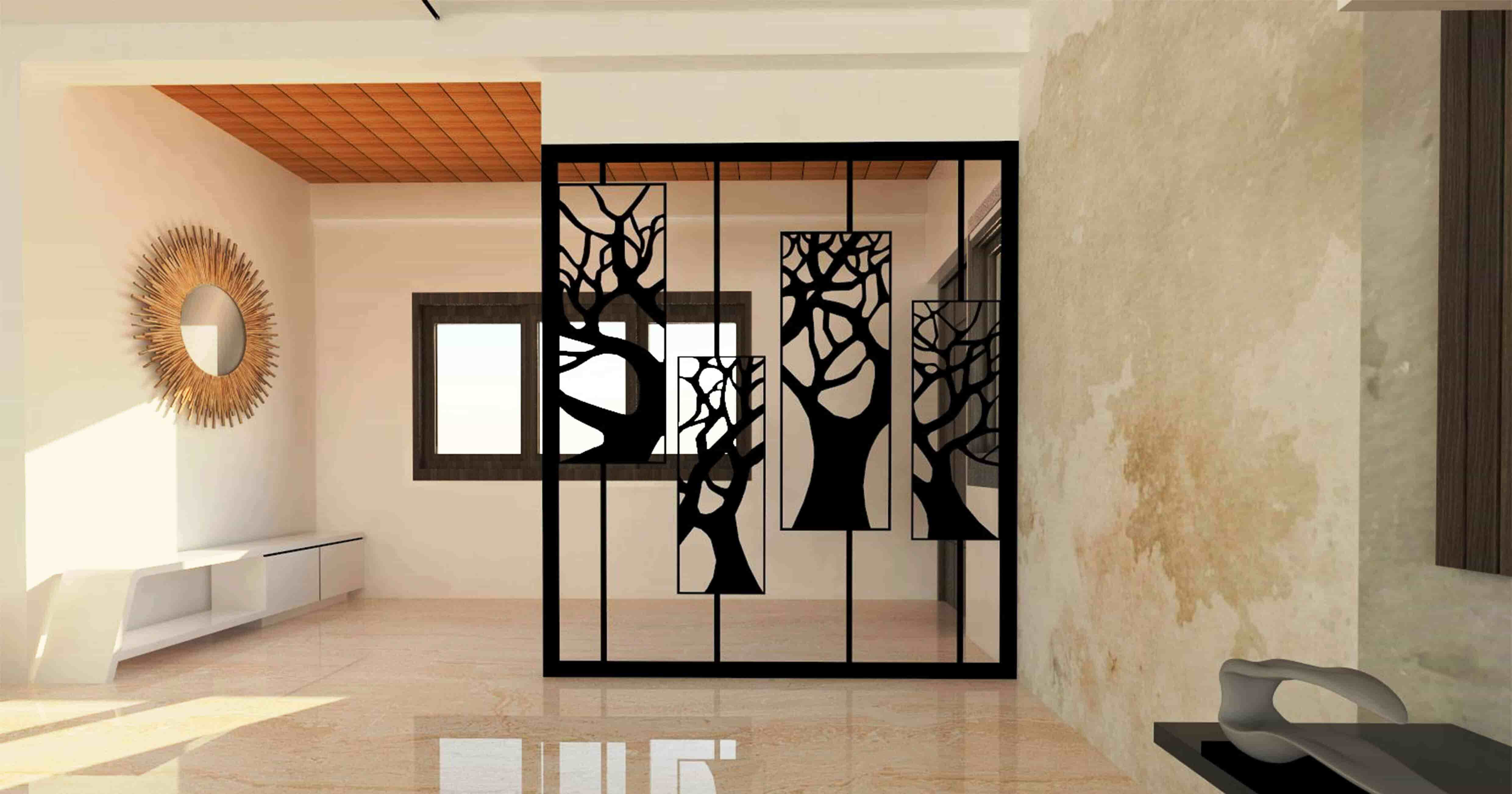
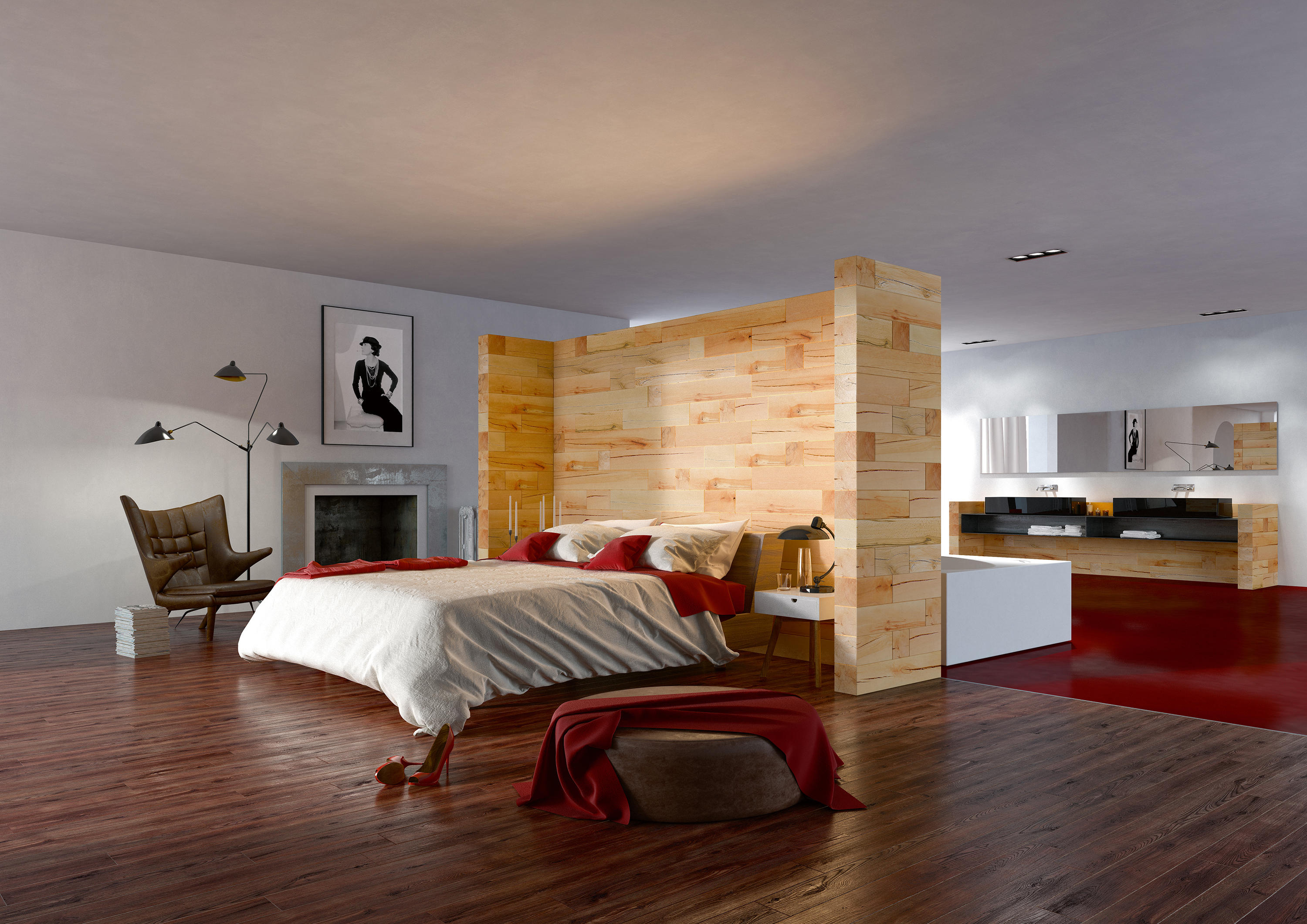

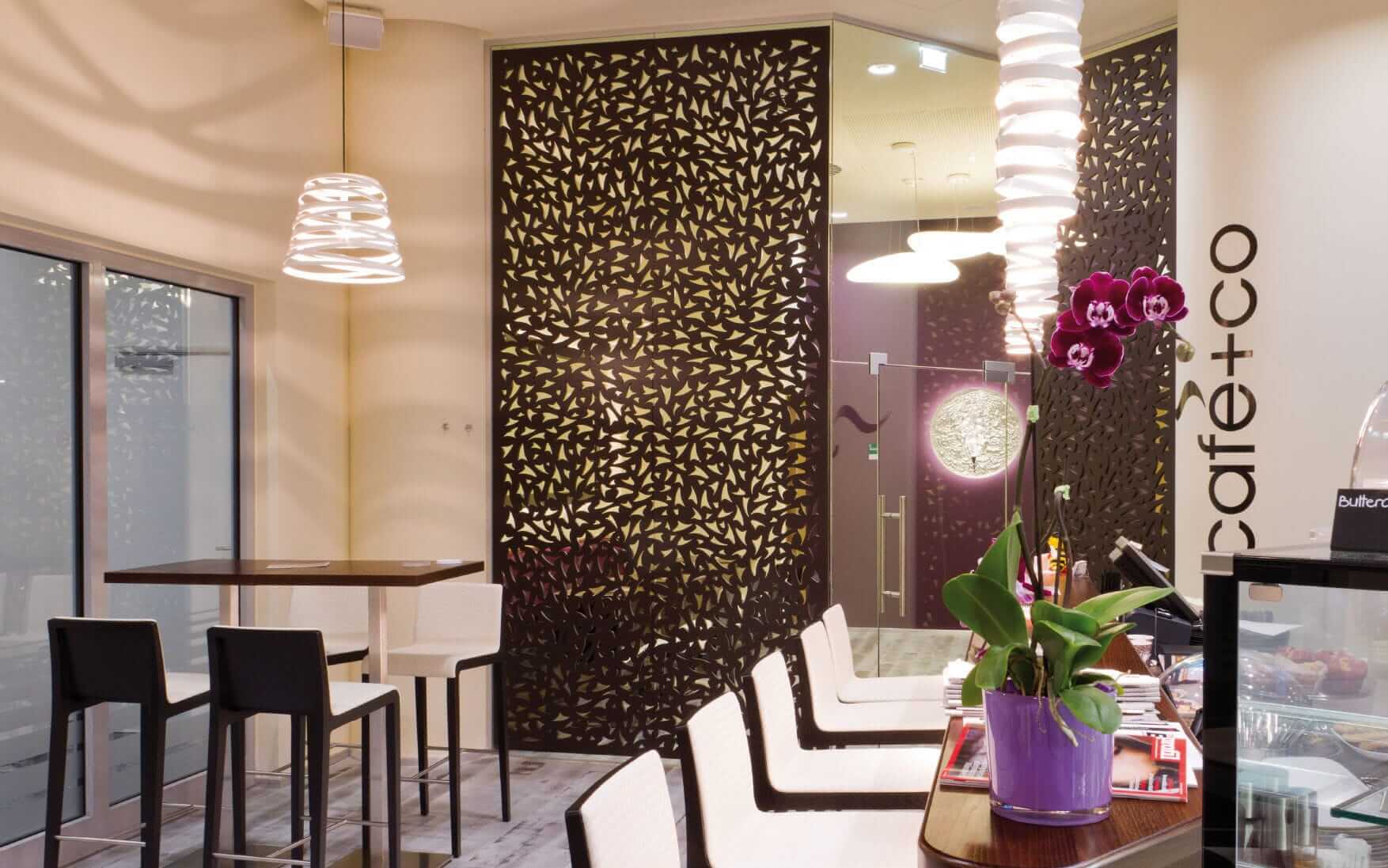

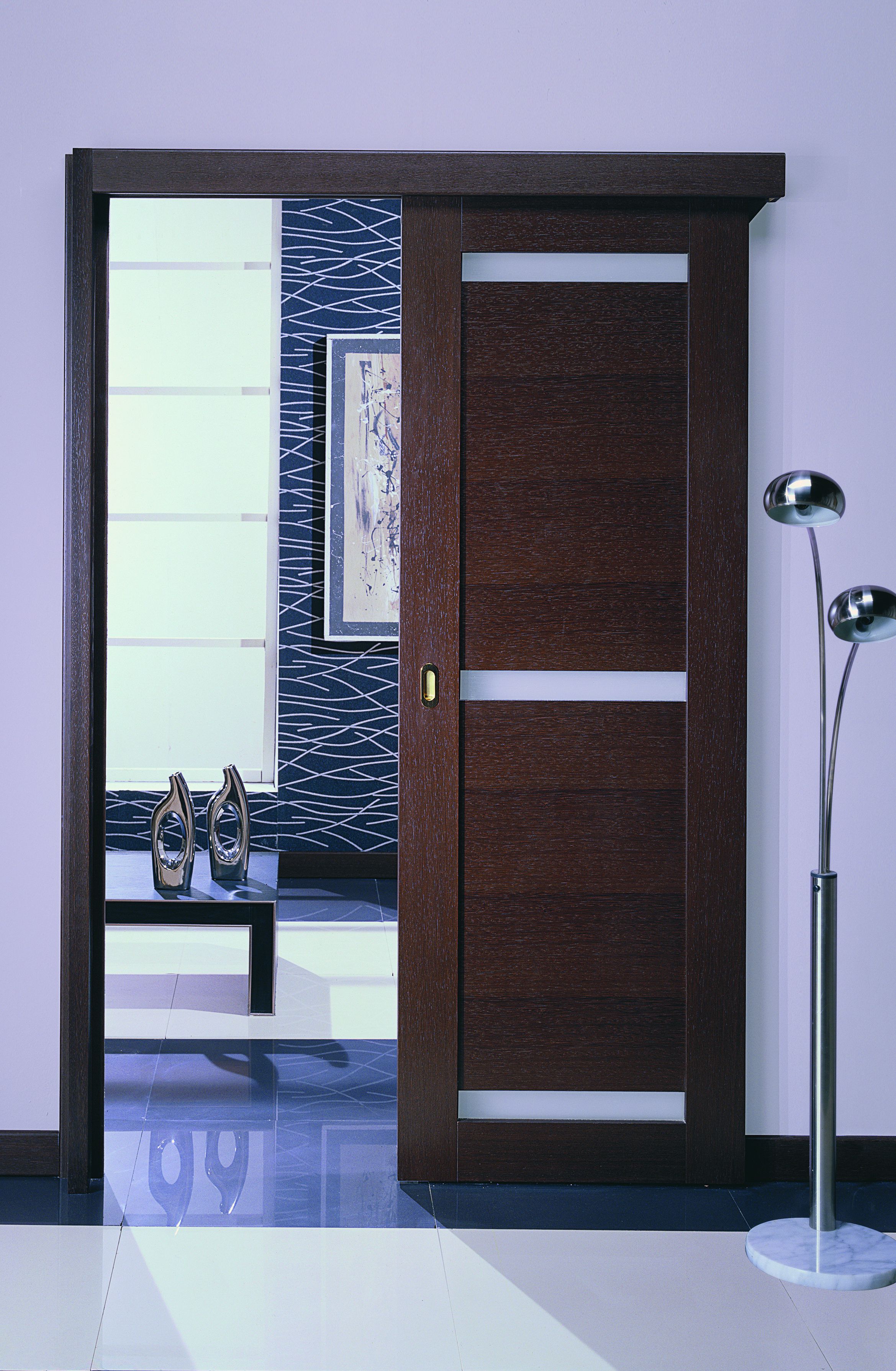


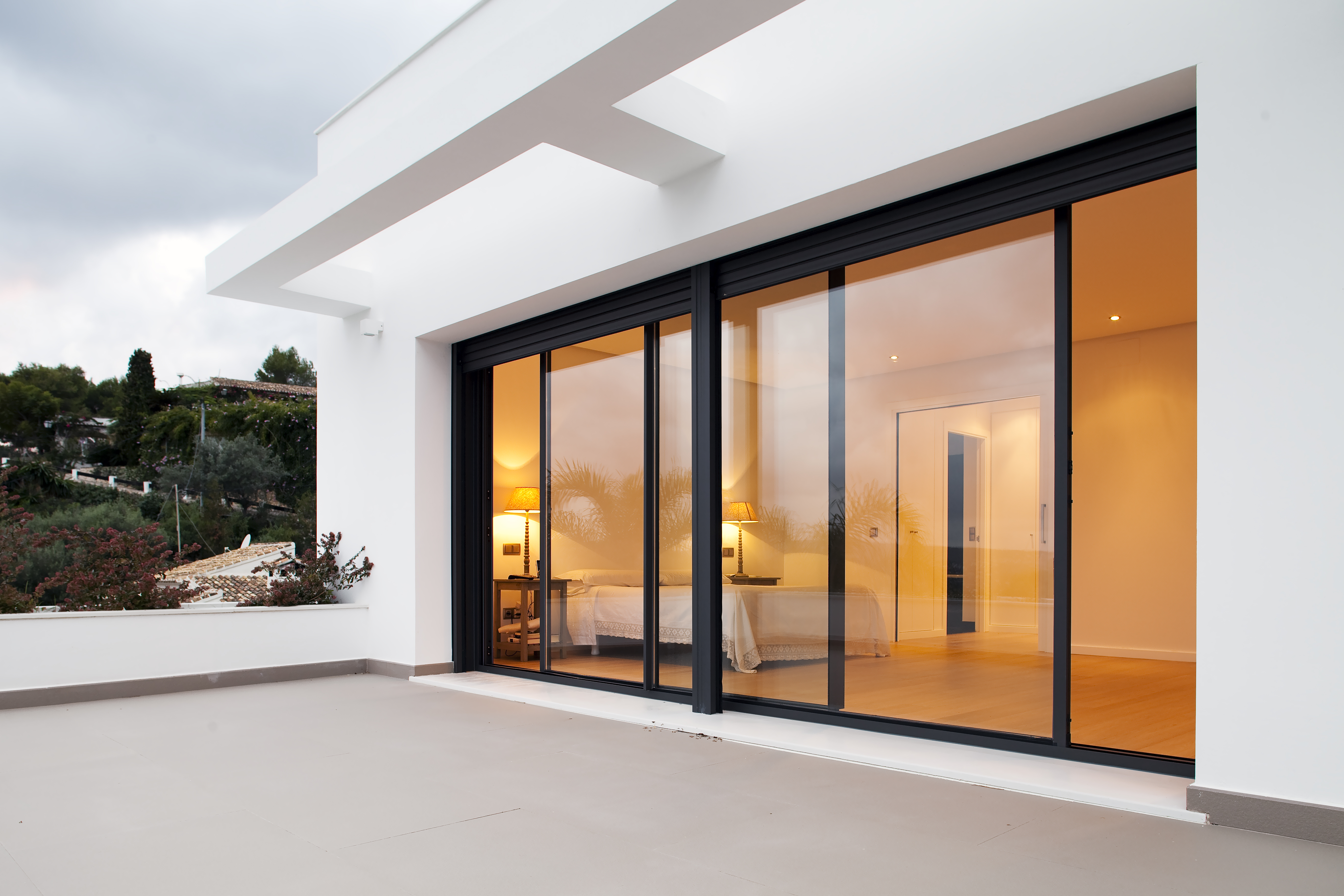
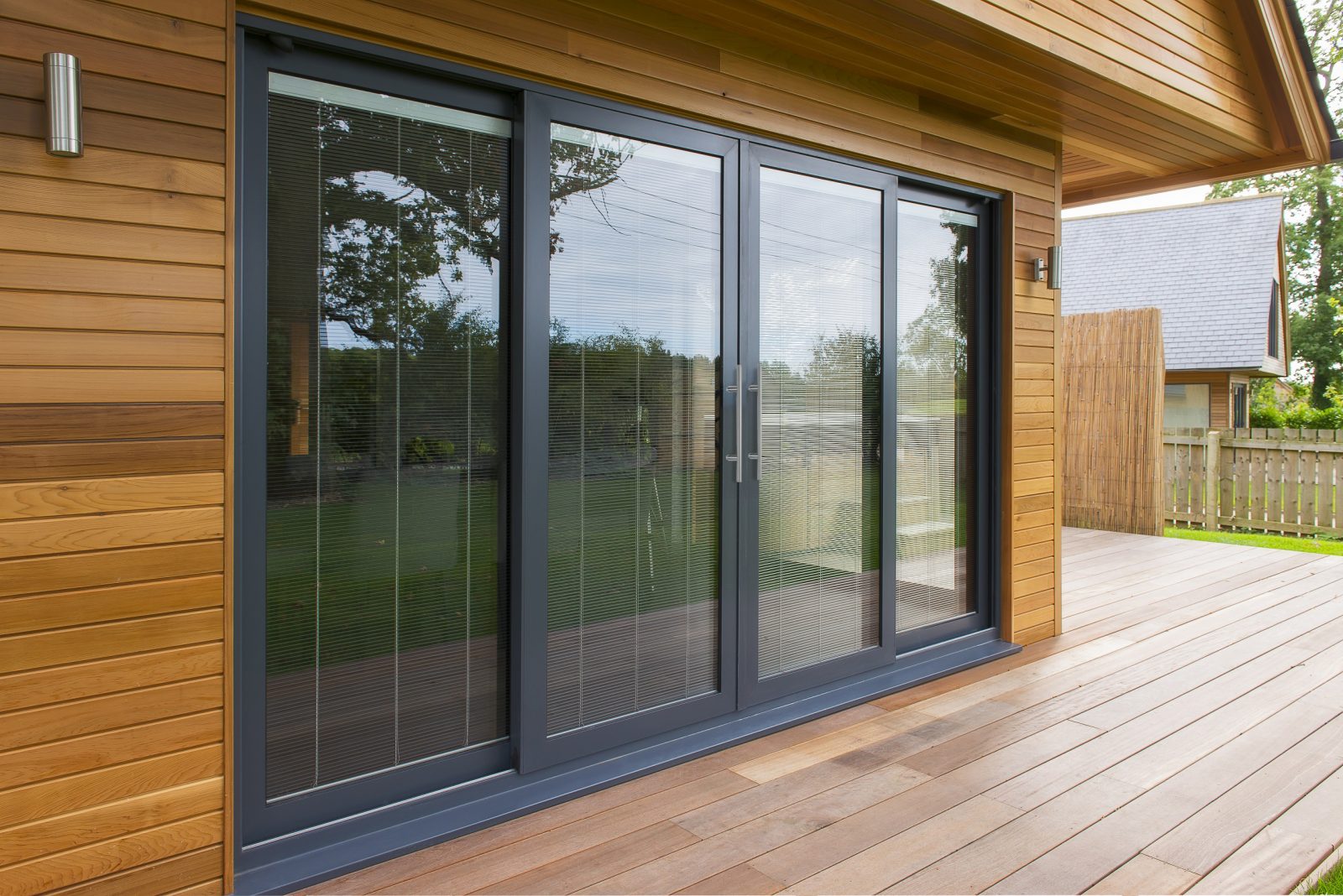
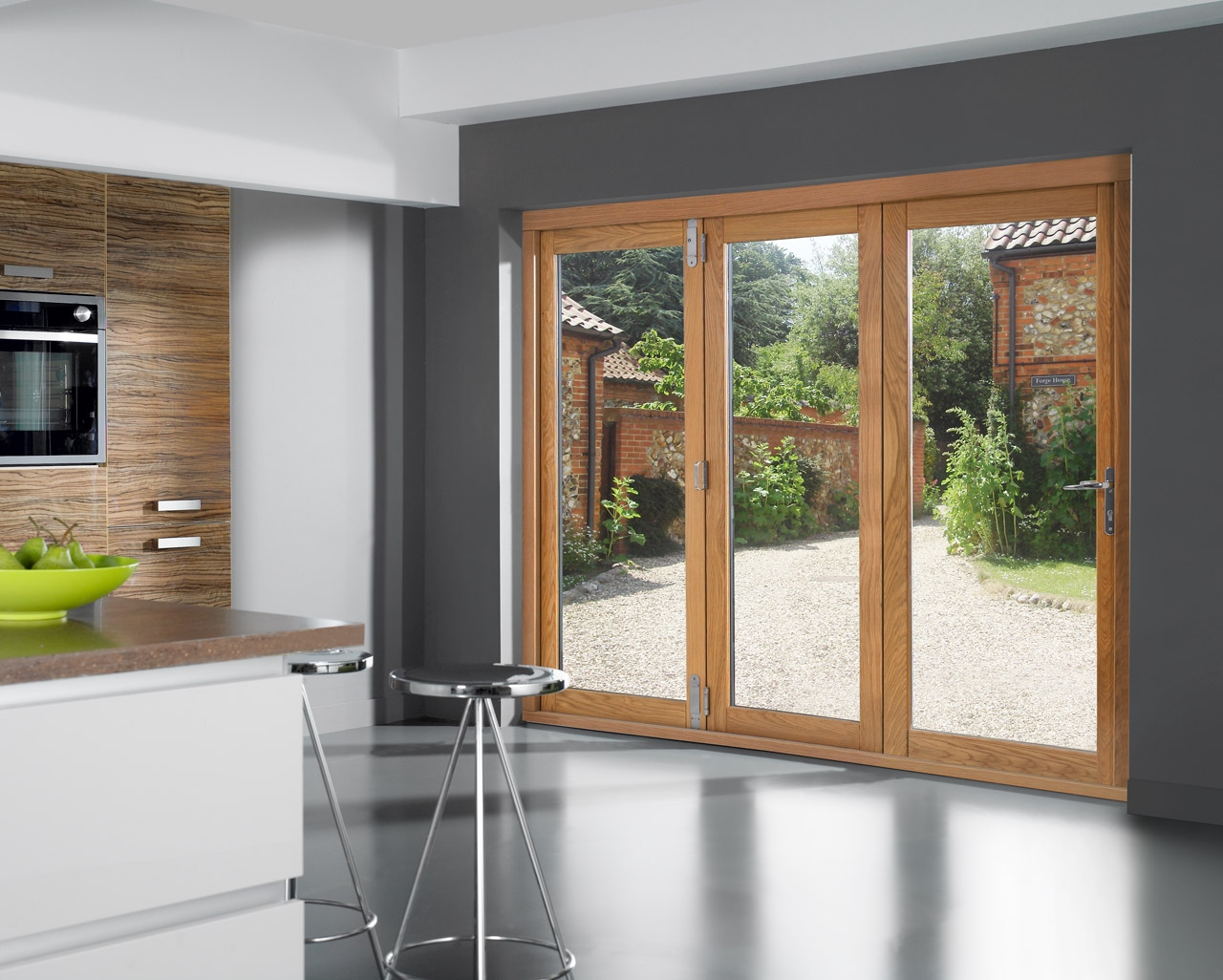
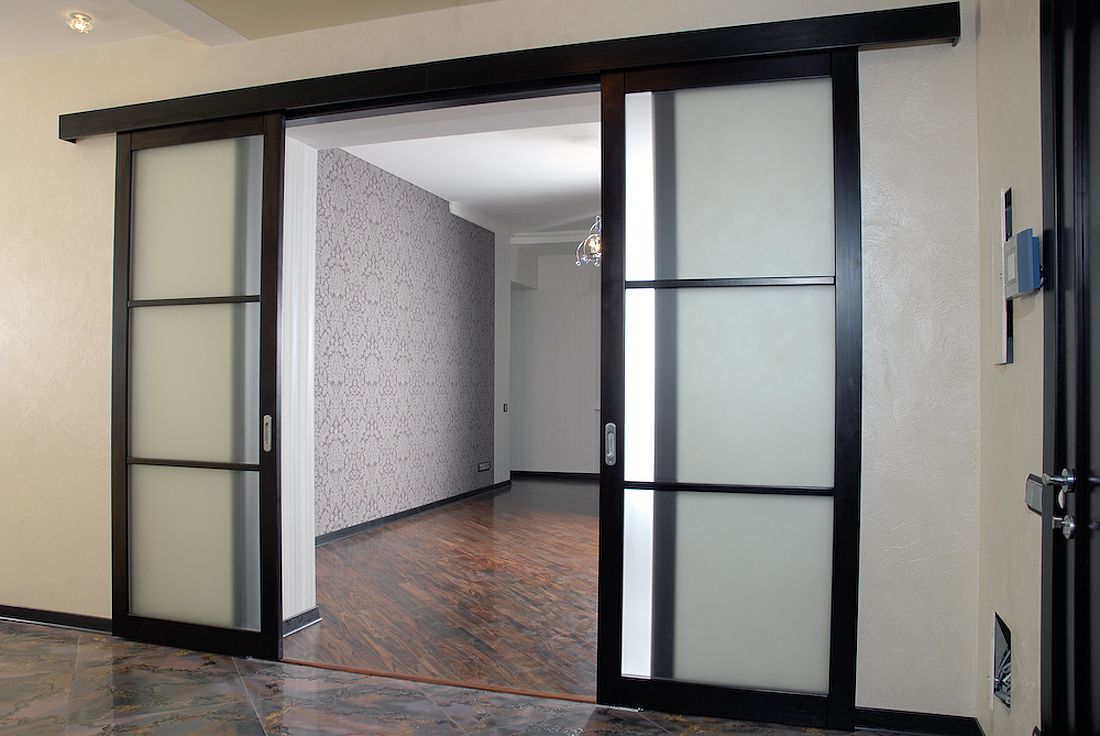
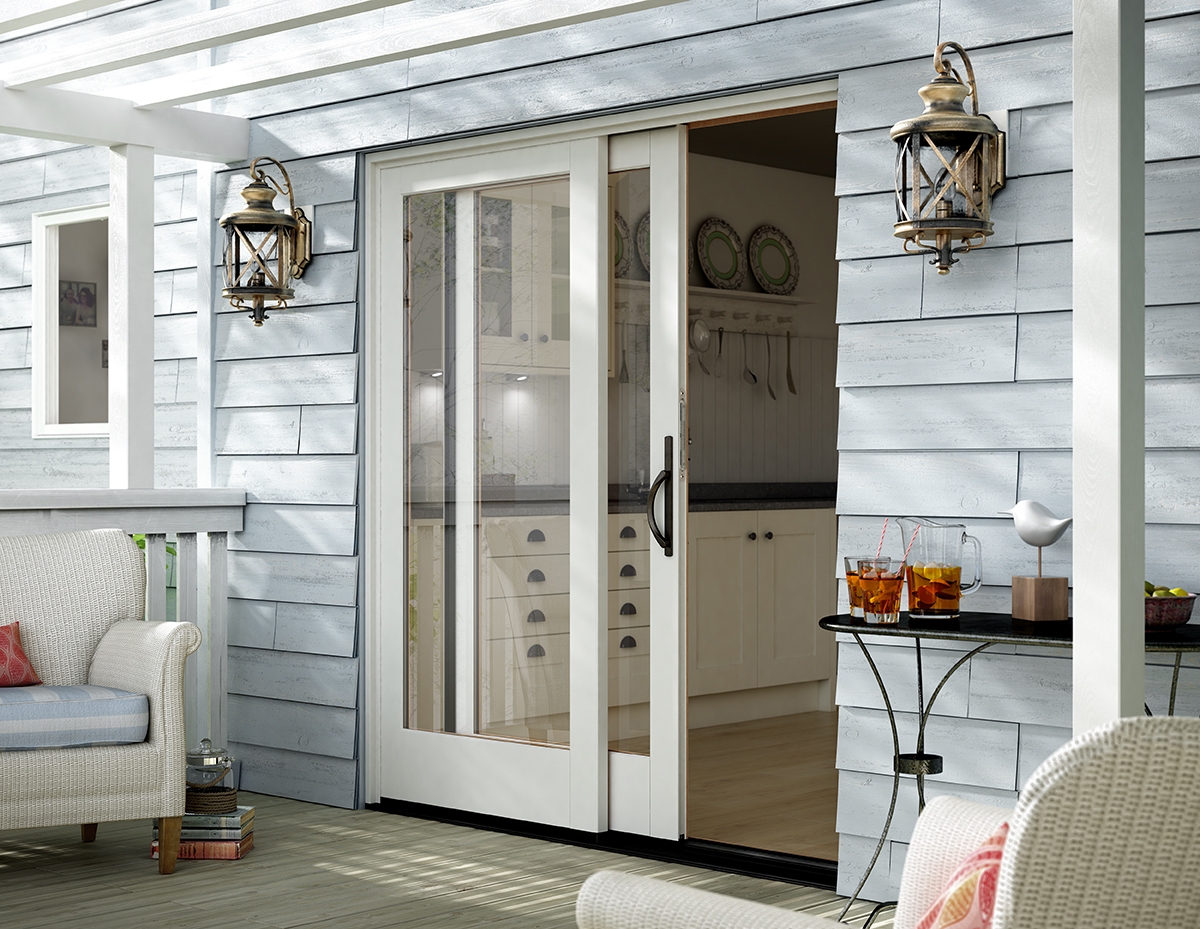


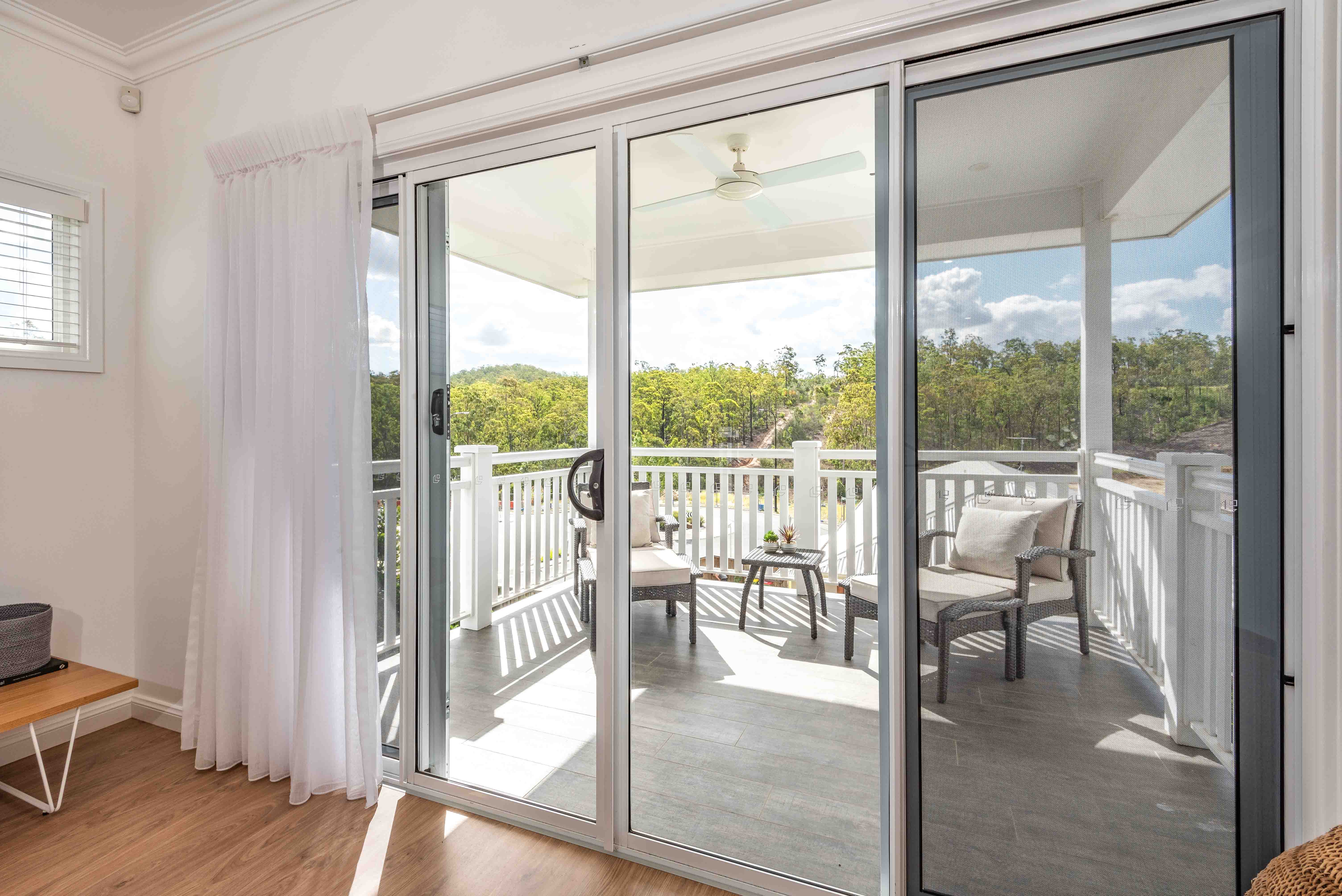



+copy.jpg)

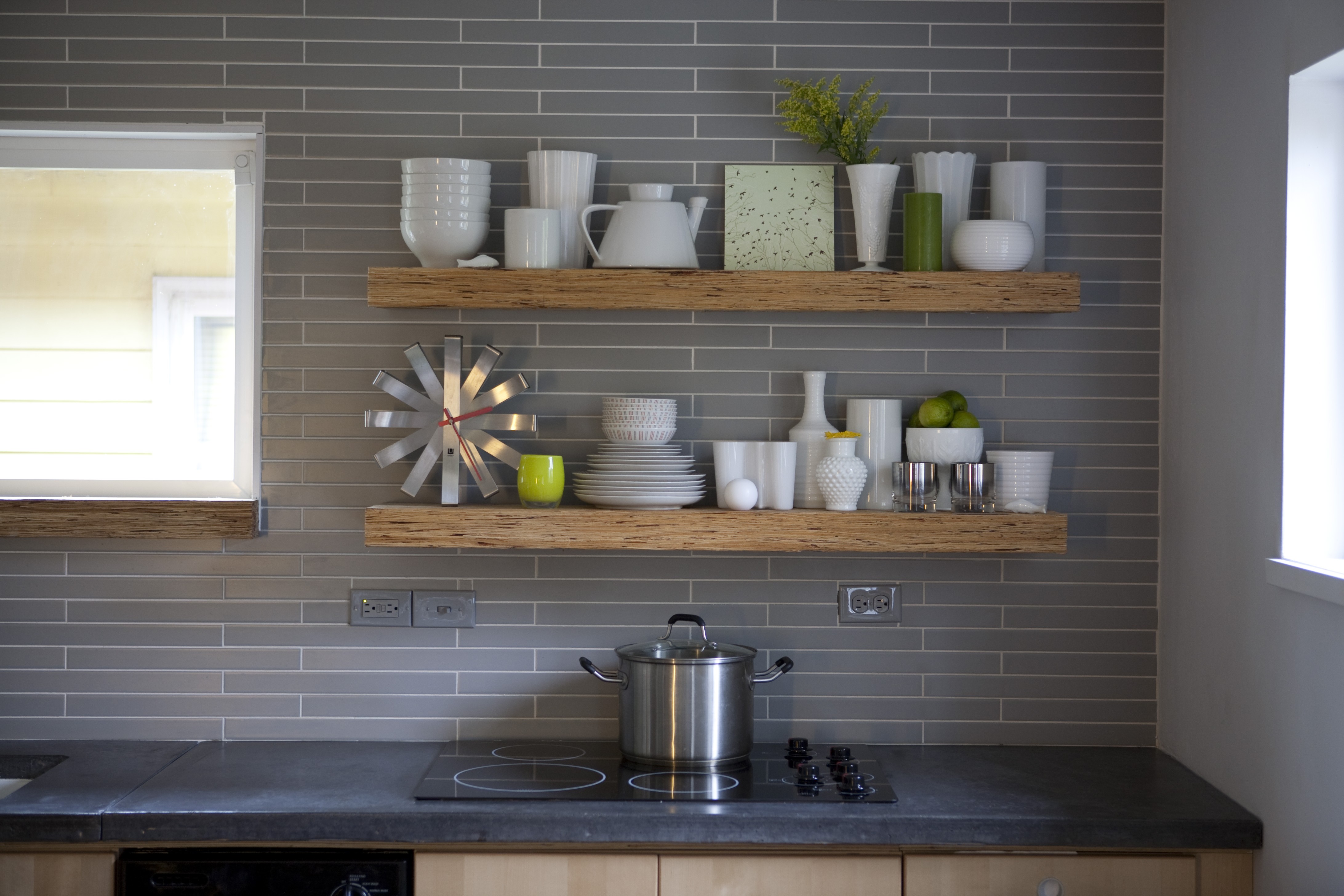
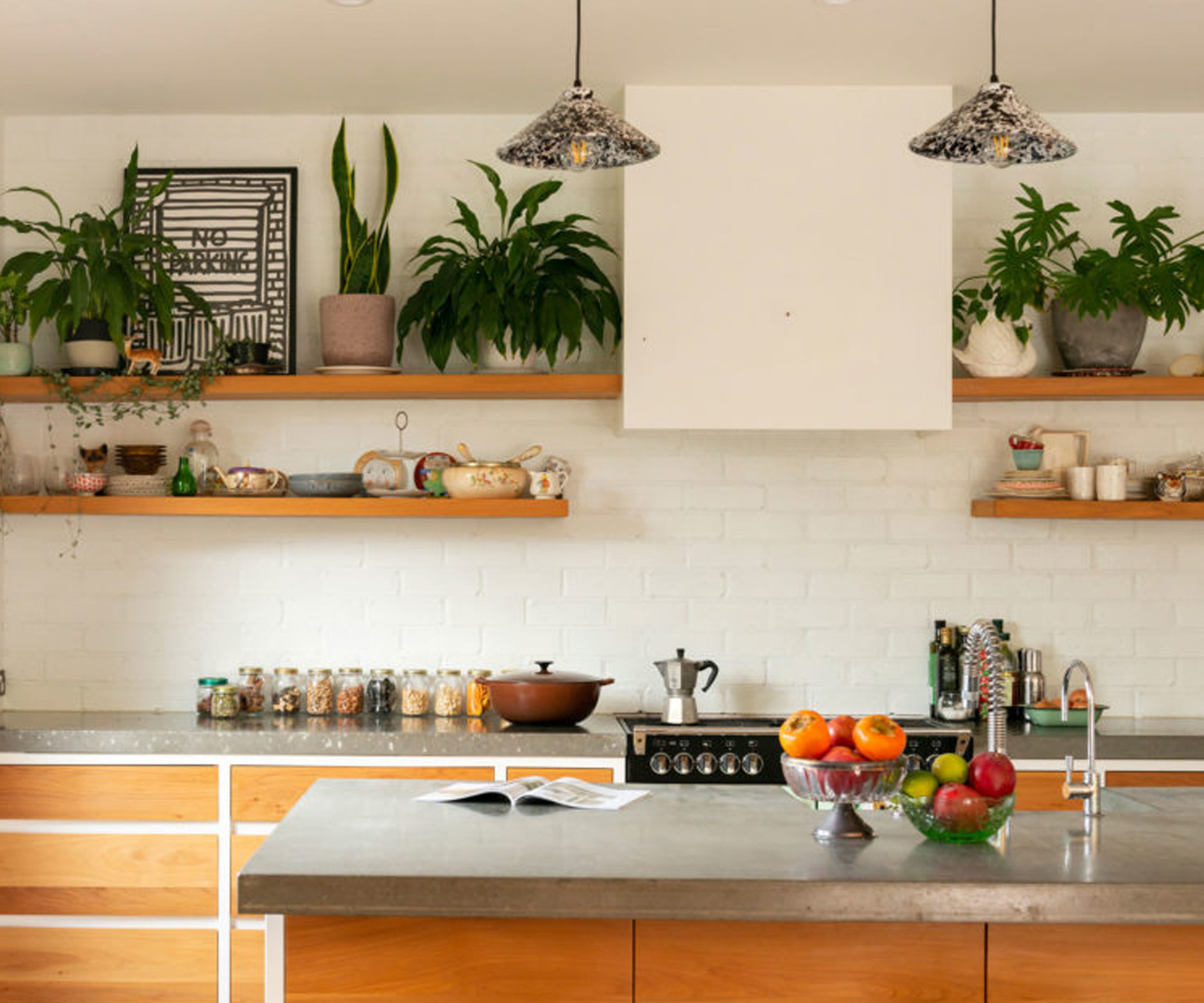
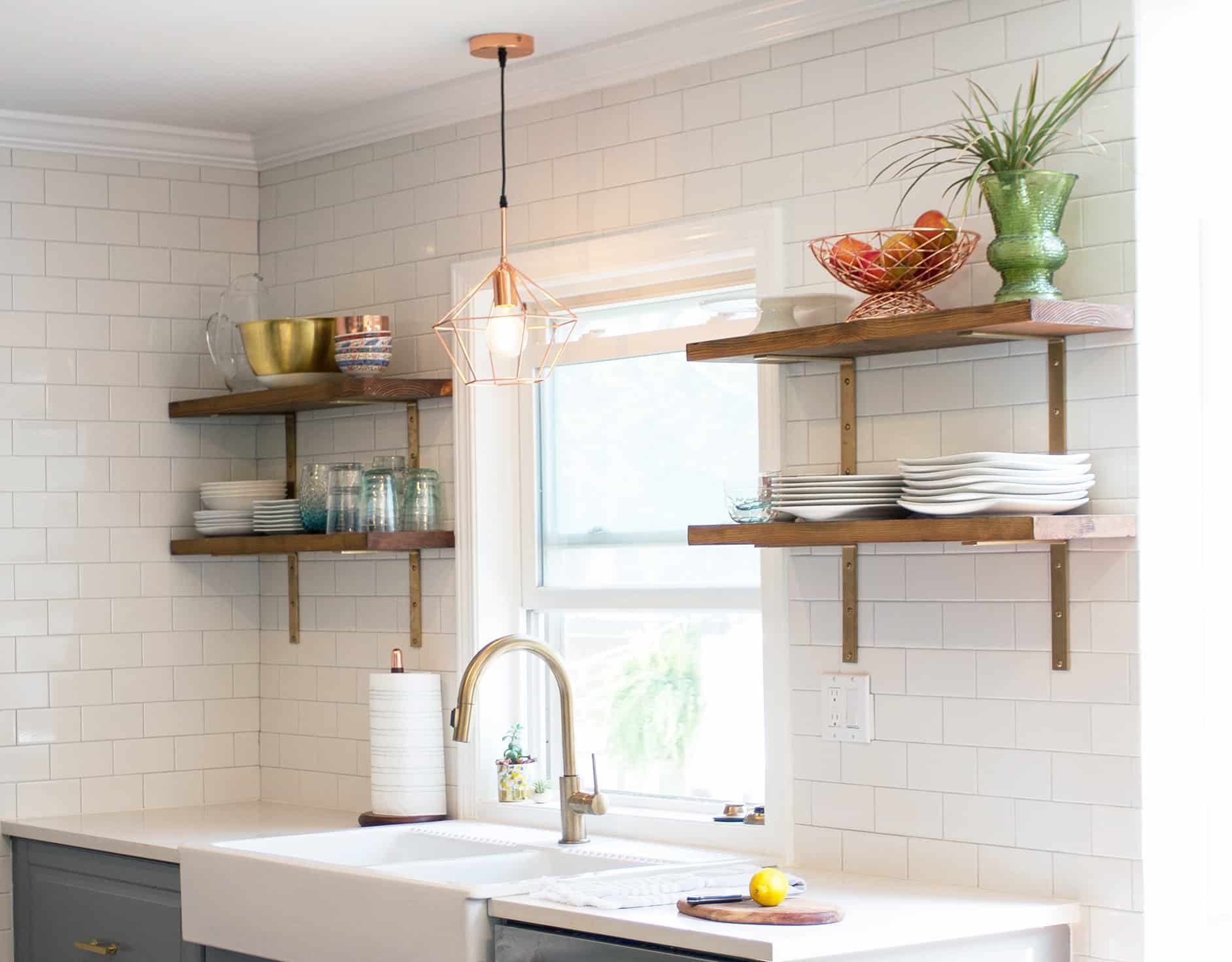
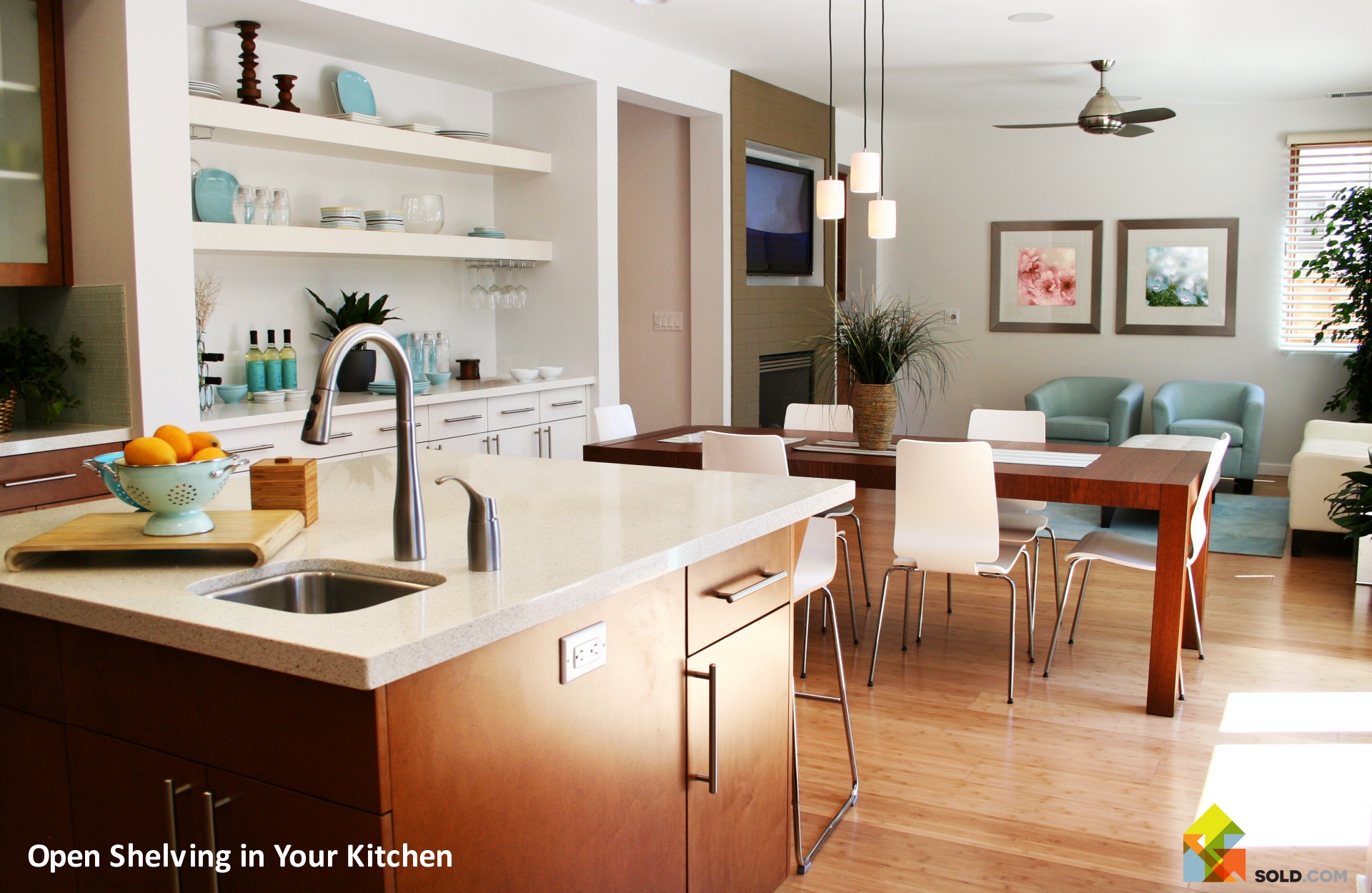
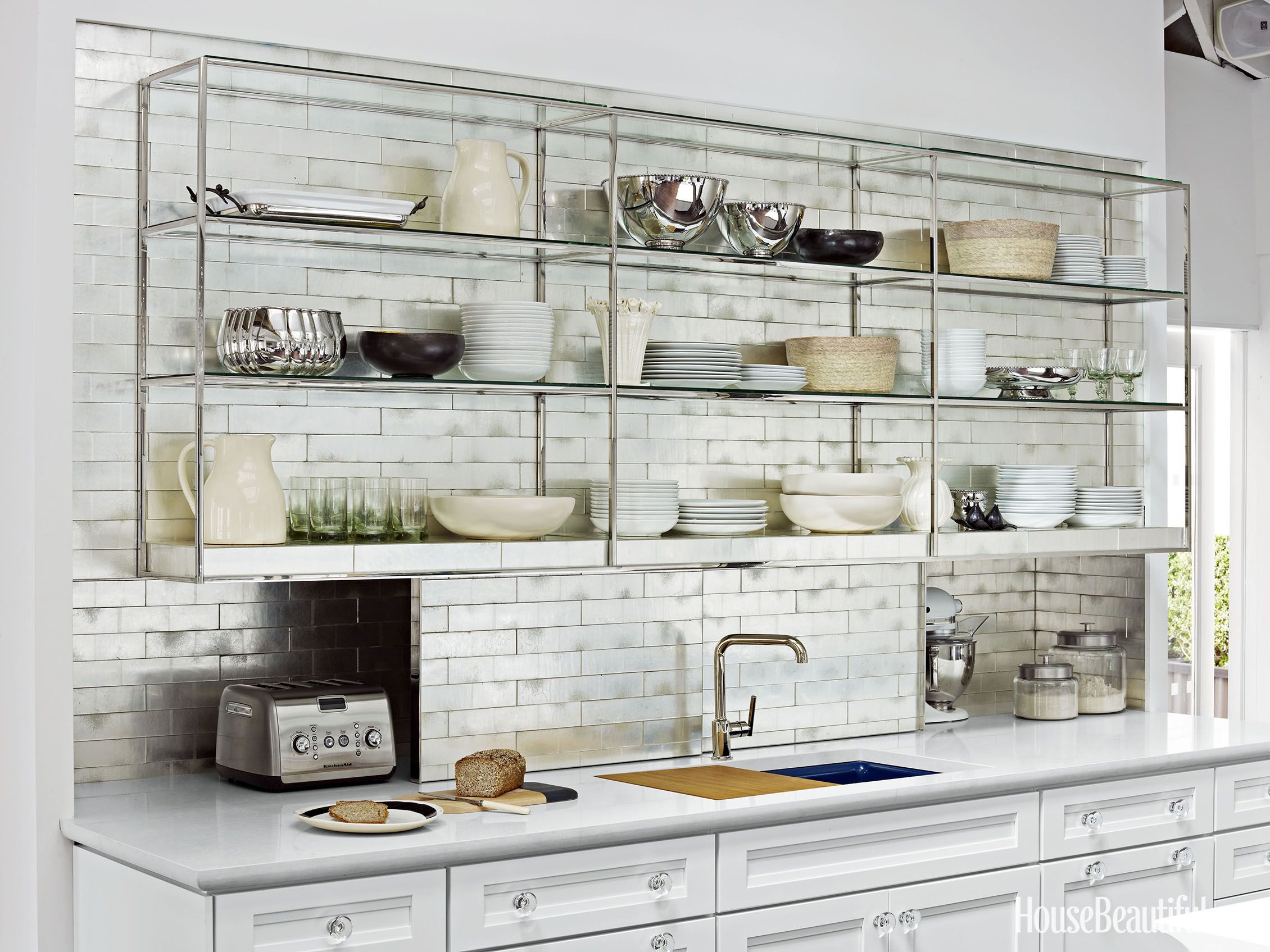


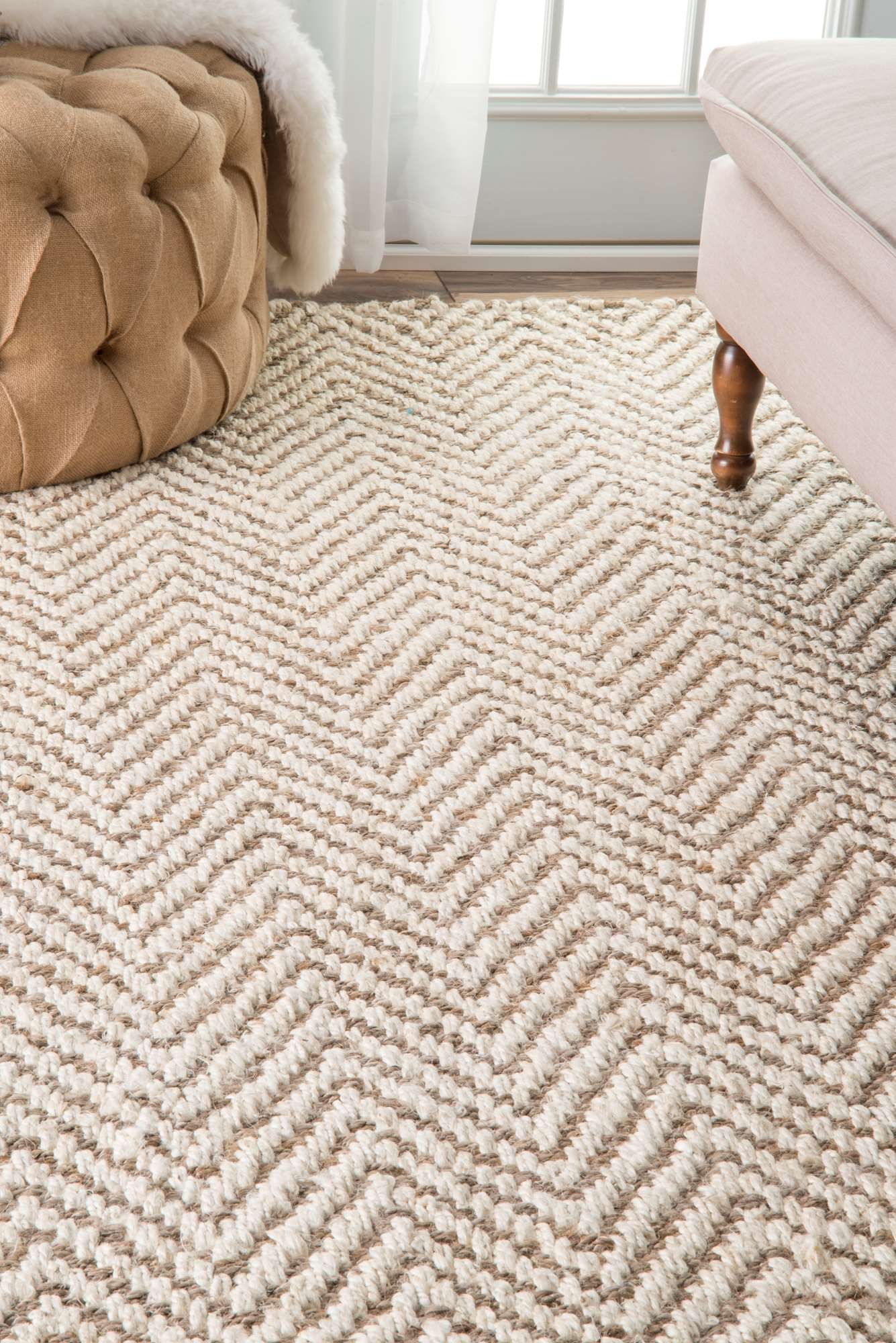


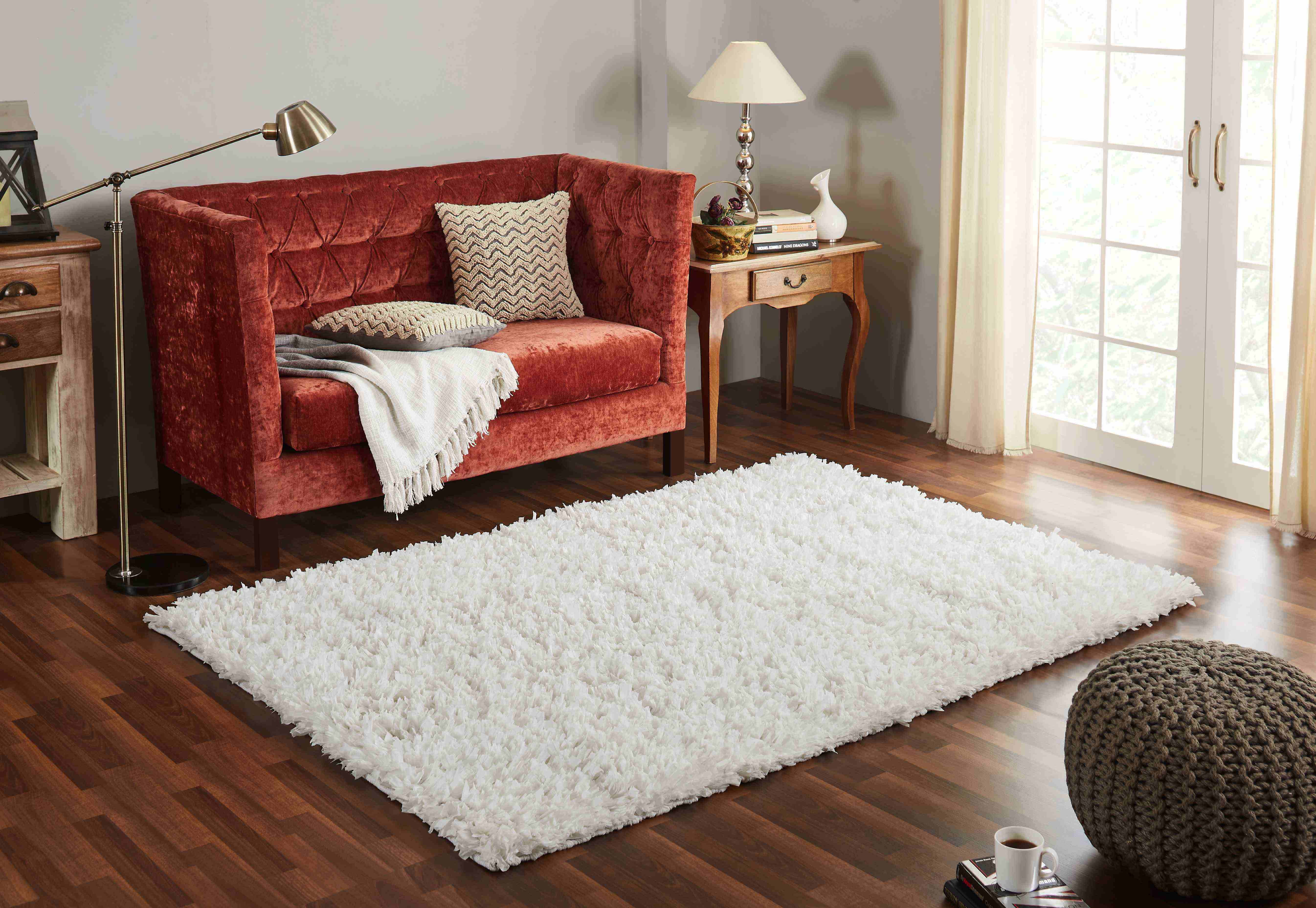
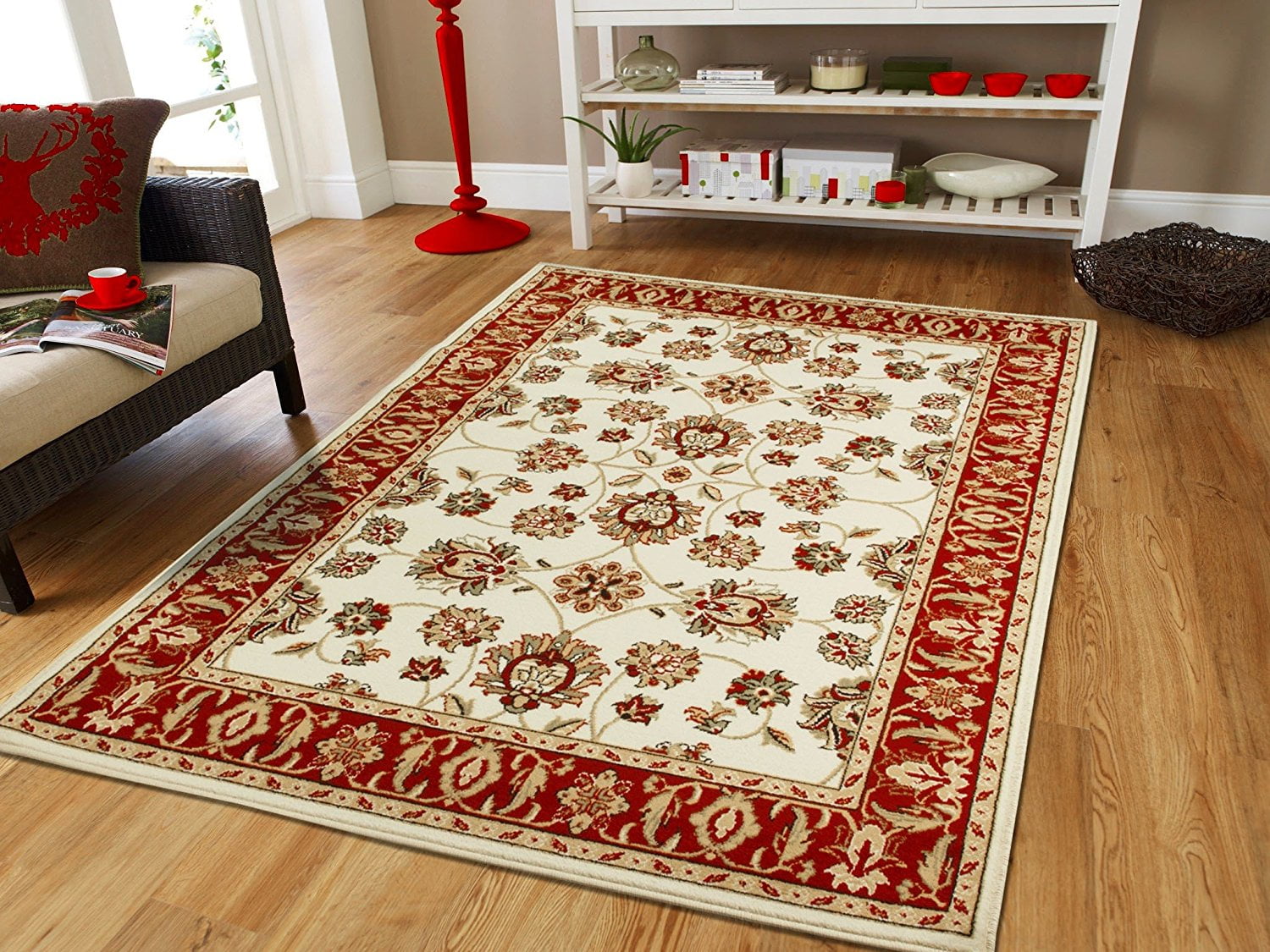


/using-area-rugs-over-carpet-2908732-02-f3b860e039fd495e9fb1a0d598543102.jpg)

